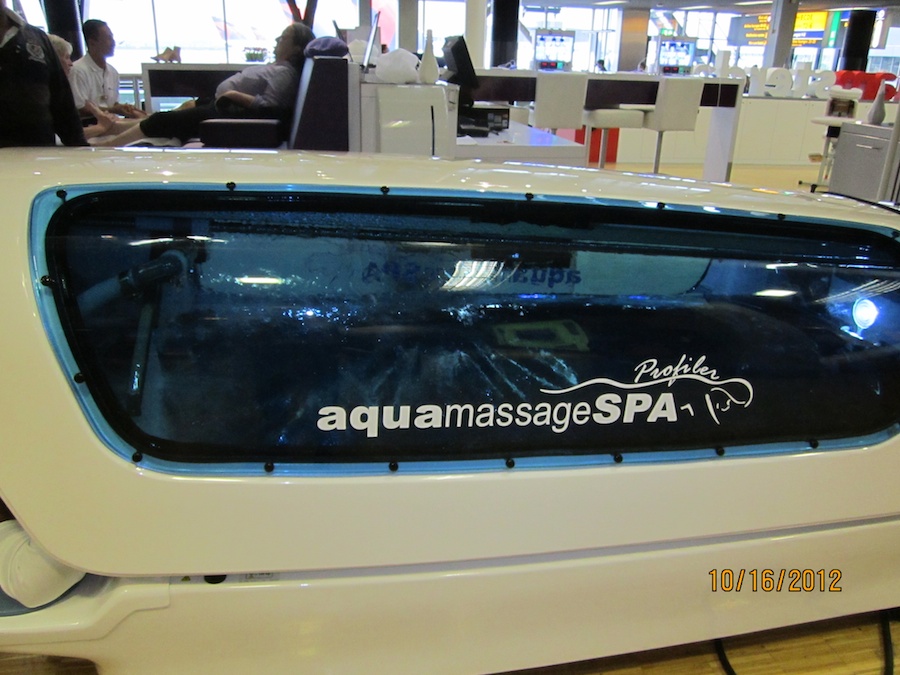Tuesday October 10th In Barcelona, Spain More...
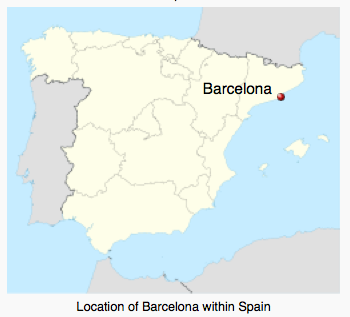
Did You Know? - Barcelona (English /bɑrsɨˈloʊnə/, Catalan: [bərsəˈɫonə], Spanish: [barθeˈlona]) is the capital of Catalonia and the second largest city in Spain, after Madrid, with a population of 1,621,537 within its administrative limits on a land area of 101.4 km2 (39 sq mi).
The urban area of Barcelona extends beyond the administrative city limits with a population of between 4,200,000[1] and 4,500,000[2] within an area of 803 km2 (310 sq mi), being the sixth-most populous urban area in the European Union after Paris, London, the Ruhr, Madrid and Milan.
About five million people live in the Barcelona metropolitan area. It is also the largest metropolis on the Mediterranean Sea. It is located on the Mediterranean coast between the mouths of the rivers Llobregat and Besòs and is bounded to the west by the Serra de Collserola ridge (512 m/1,680 ft).
Founded as a Roman city, Barcelona became the capital of the County of Barcelona. After merging with the Kingdom of Aragon, Barcelona became one of the most important cities of the Crown of Aragon. Besieged several times during its history, Barcelona has a rich cultural heritage and is today an important cultural centre and a major tourist destination.

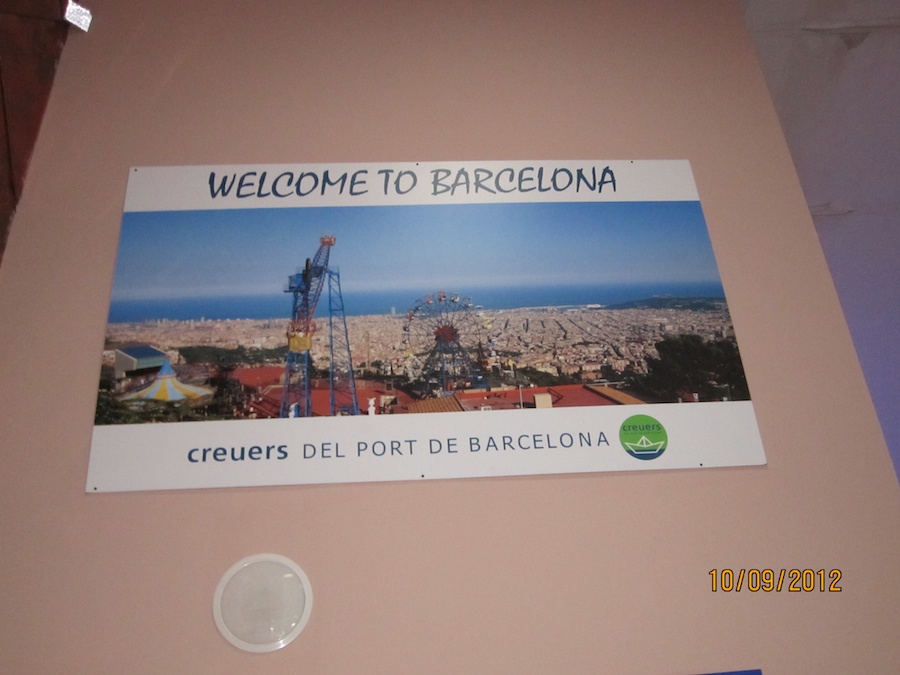




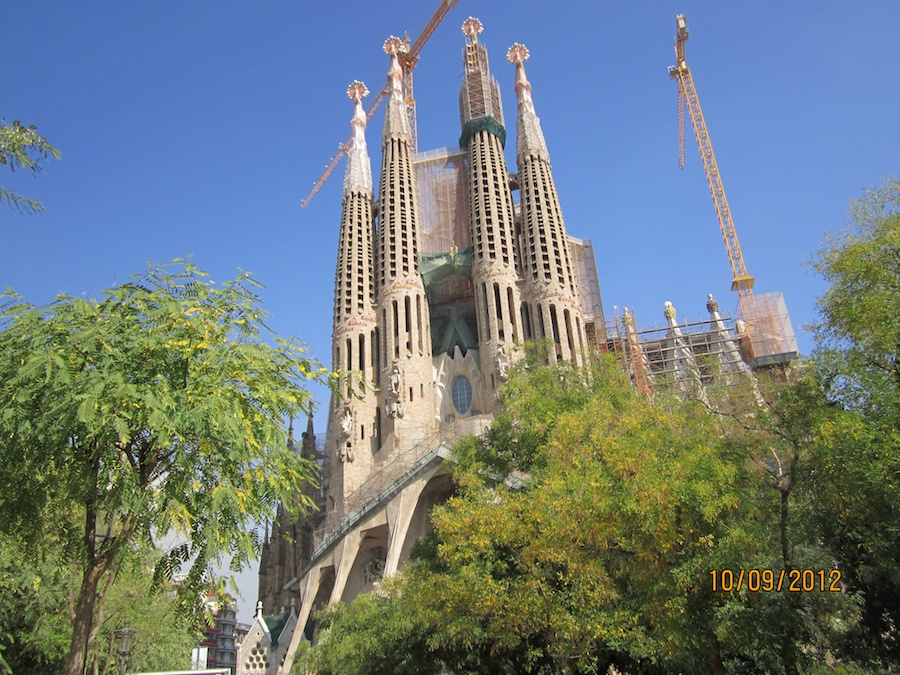

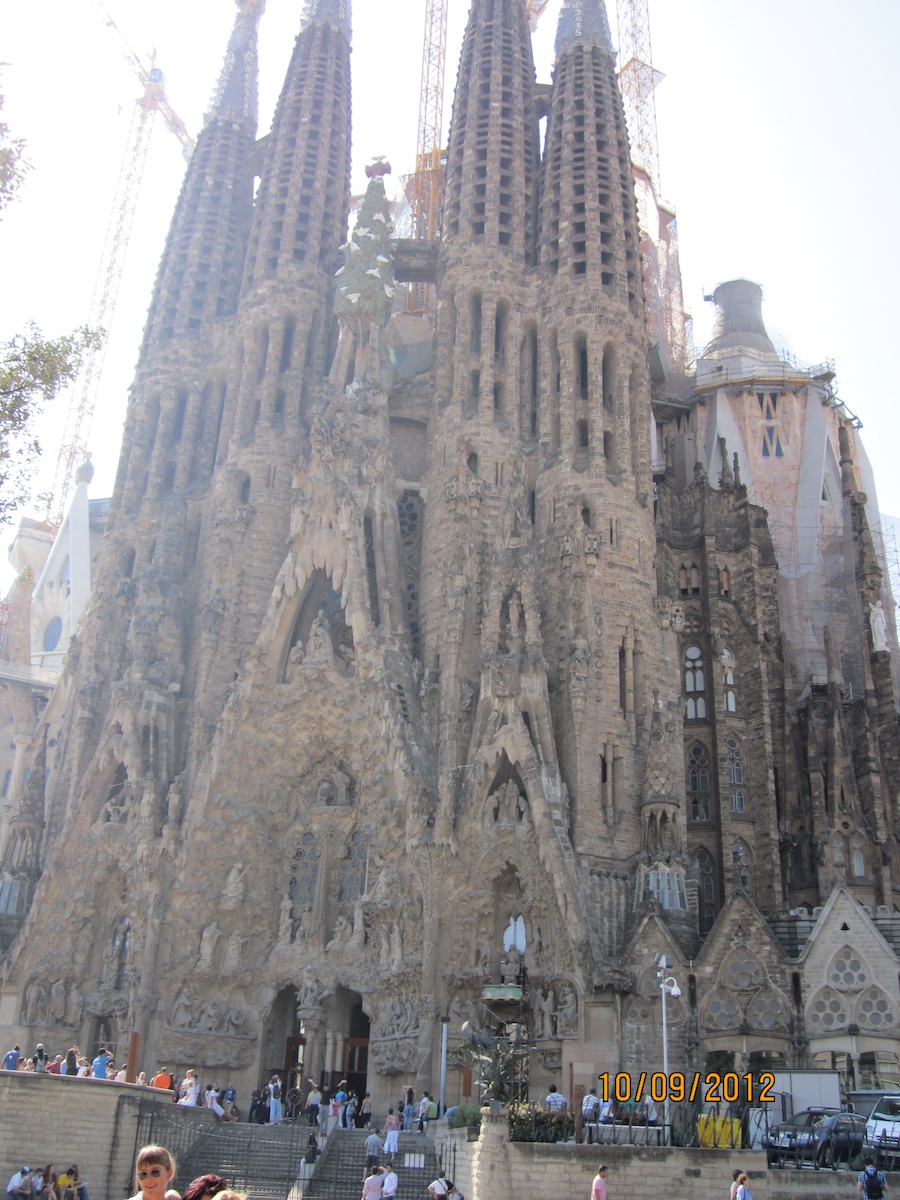
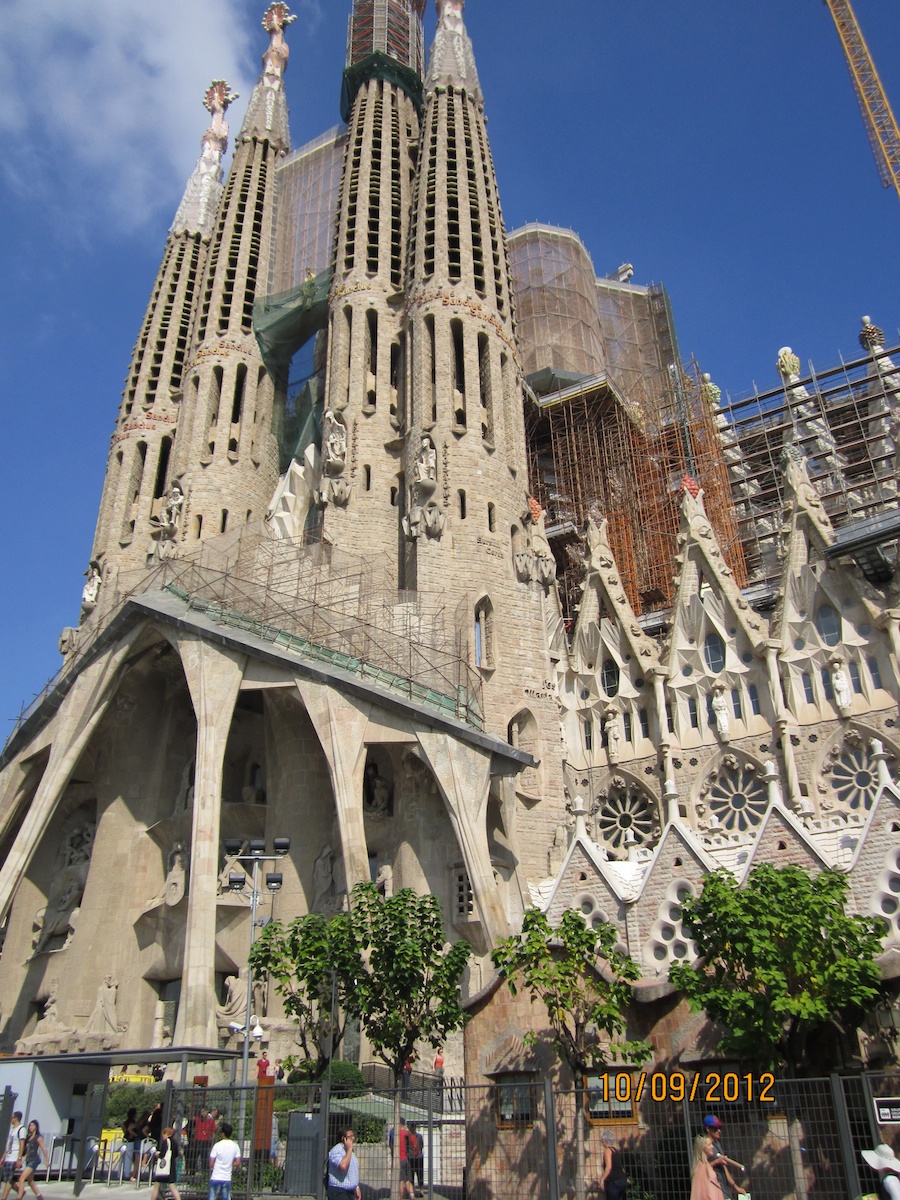


"I have this effect on men!"

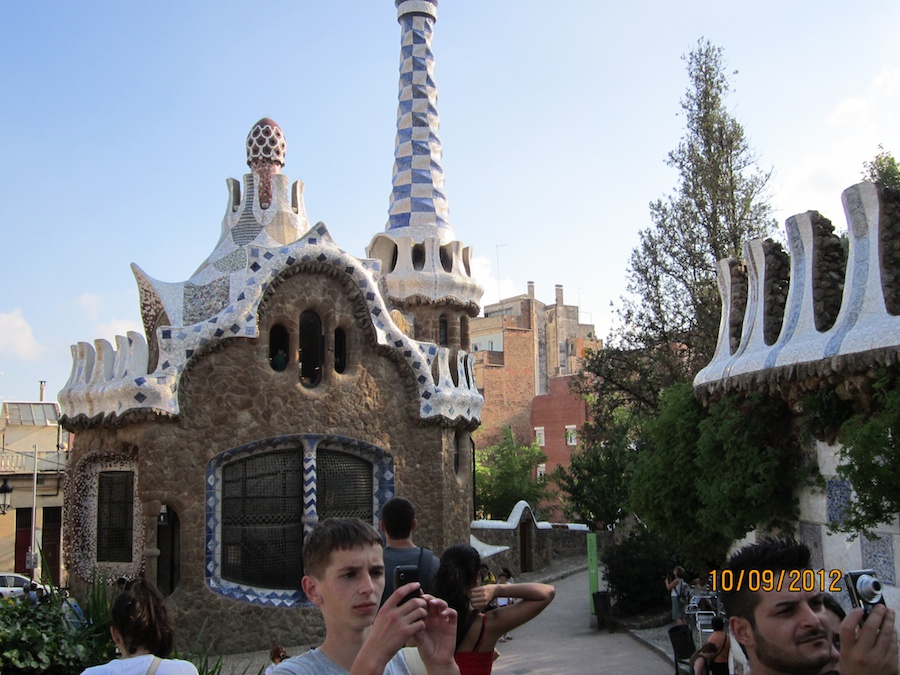
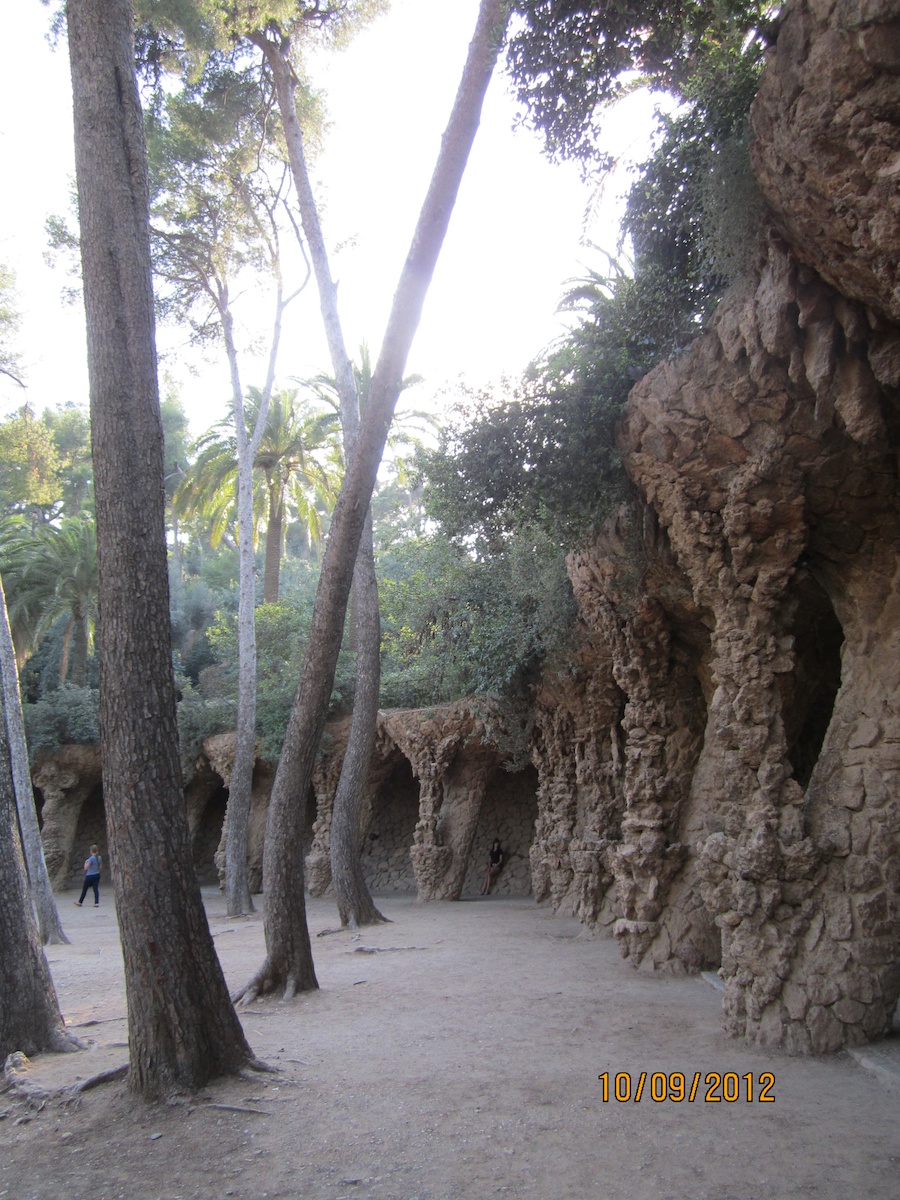
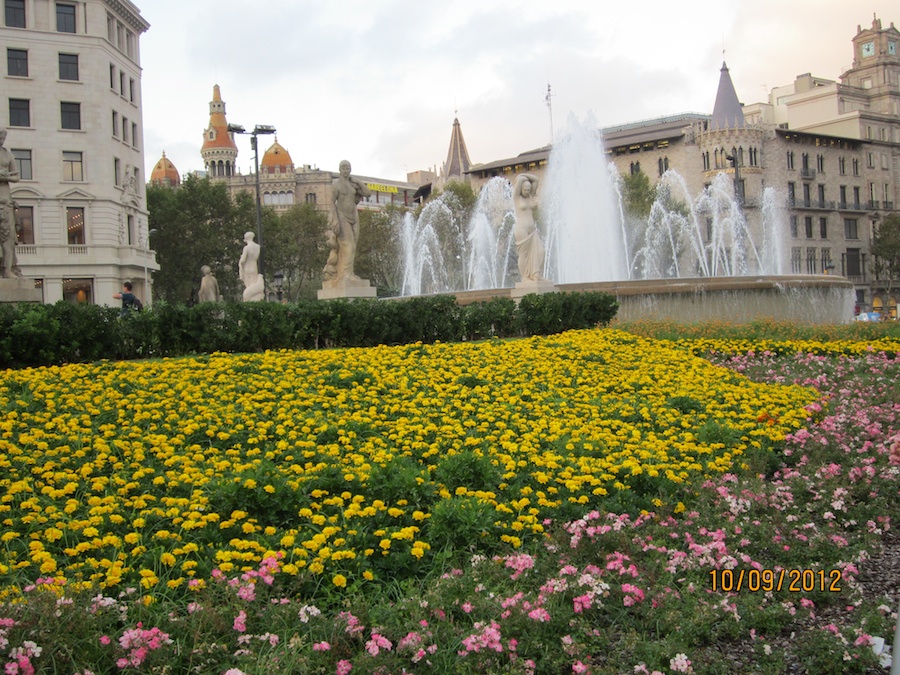

October 10th Valencia, Spain More...
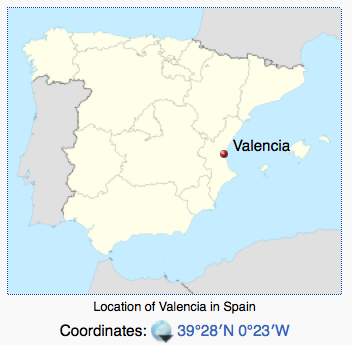
Did You Know? - Valencia (Spanish: [baˈlenθja]) or València (Valencian: [vaˈlensia]) is the capital of the autonomous community of Valencia and the third largest city in Spain after Madrid and Barcelona, with around 809,000 inhabitants in the administrative centre.
Valencia is also Spain's third largest metropolitan area, with a population ranging from 1.7 to 2.3 million. The city has global city status. The Port of Valencia is the 5th busiest container port in Europe and the largest on the Mediterranean Sea, with a trade volume of 4.21 million TEU's.
Valencia was founded as a Roman colony in 138 BC. The city is situated on the banks of the Turia, on the east coast of the Iberian Peninsula, fronting the Gulf of Valencia on the Mediterranean Sea. Its historic centre is one of the largest in Spain, with approximately 169 acres; this heritage of ancient monuments, views and cultural attractions makes Valencia one of the country's most popular tourist destinations.
Major monuments include Valencia Cathedral, the Torres de Serranos, the Torres de Quart, the Llotja de la Seda (declared a World Heritage Site by UNESCO in 1996), and the Ciutat de les Arts i les Ciències (City of Arts and Sciences), an entertainment-based cultural and architectural complex designed by Santiago Calatrava and Félix Candela.[

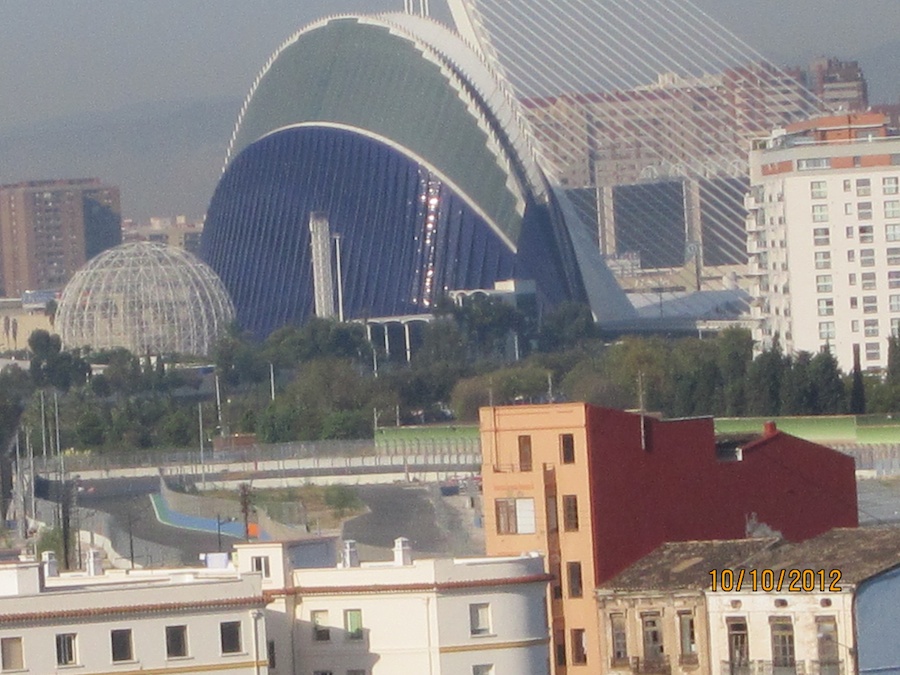
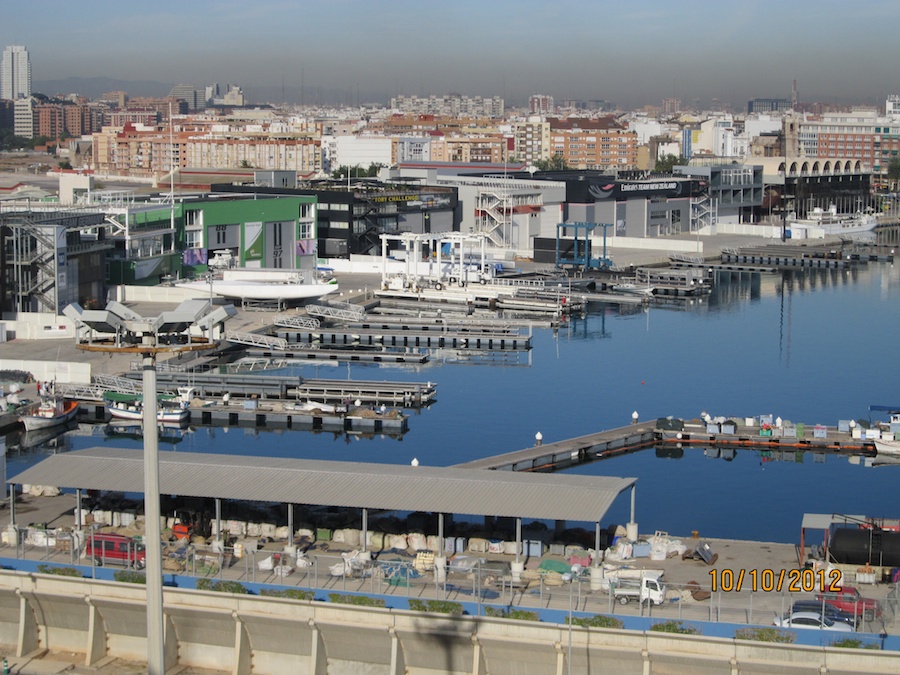
A Visit To The City Of Arts And Sciences In Valencia
Did You Know? - The City of Arts and Sciences (Spanish: Ciudad de las Artes y las Ciencias, Valencian: Ciutat de les Arts i les Ciències) is an entertainment-based cultural and architectural complex in the city of Valencia, Spain. It is the most important modern tourist destination in the city of Valencia.
The City of Arts and Sciences is situated at the end of the former riverbed of the river Turia, which was drained and rerouted after a catastrophic flood in 1957. The old riverbed was turned into a picturesque sunken park.
Designed by Santiago Calatrava and Félix Candela, the project underwent the first stages of construction in July 1996 and the finished "city" was inaugurated April 16, 1998 with the opening of L'Hemisfèric. The last great component of the City of Arts and Sciences, El Palau de les Arts Reina Sofia, was presented on October 9, 2005, Valencian Community Day.
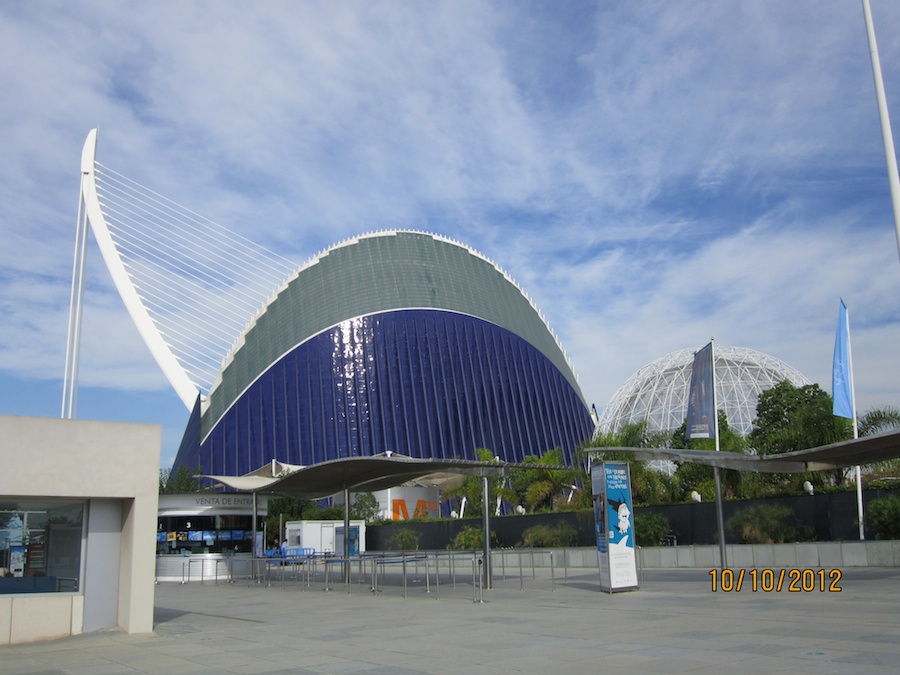
L'Àgora building
Did You Know? - L'Àgora — a covered plaza in which concerts and sporting events (such as the Valencia Open 500) are held. The Agora is a space designed to hold a variety of events such as concerts, performances, exhibitions, conventions, staging of congresses, and international sports meetings. Many important events have been held in this building including the Freestyle Burn Spanish Cup in 2010 and the Christmas Special Program.

Hemispheric building in the background
Did You Know? - L'Hemisfèric — an Imax Cinema, Planetarium and Laserium. The building is meant to resemble a giant eye, and has an approximate surface of 13,000 m². The Hemesferic also known as the planetarium or the "eye of knowledge," is the centerpiece of the City of Arts and Sciences. It was the first building completed in 1998. Its design resembles an eyelid that opens to access the surrounding water pool. The bottom of the pool is glass, creating the illusion of the eye as a whole.
This planetarium is a half-sphere composed of concrete 110 meters long and 55.5 meters wide. The shutter is built of elongated aluminum awnings that fold upward collectively to form a brise soleil roof that opens along the curved axis of the eye. It opens to reveal the dome, the pupil of the eye, which is the Ominax theater.
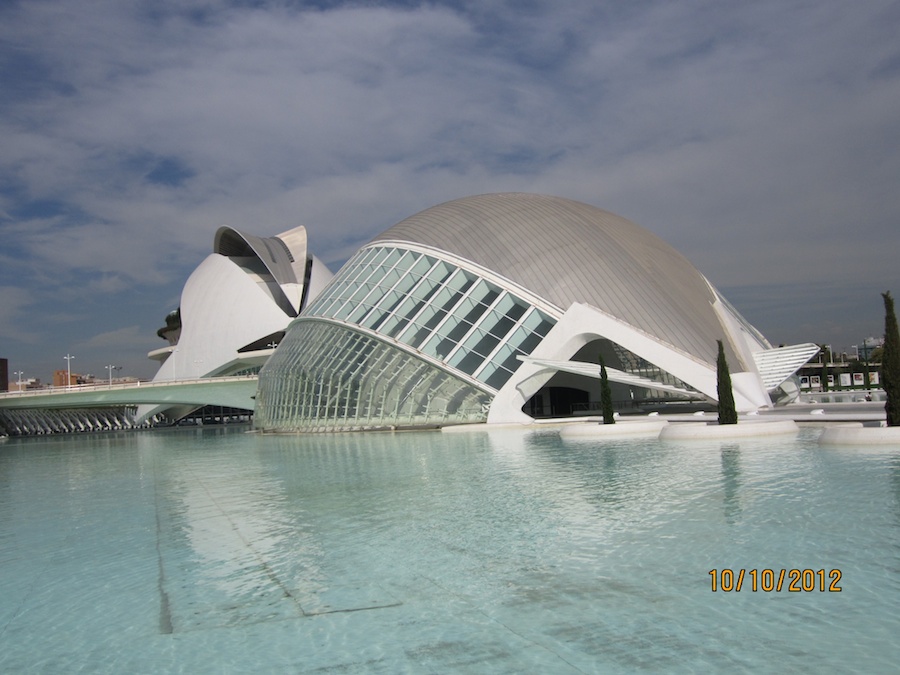
Seeing The Town Of Valencia
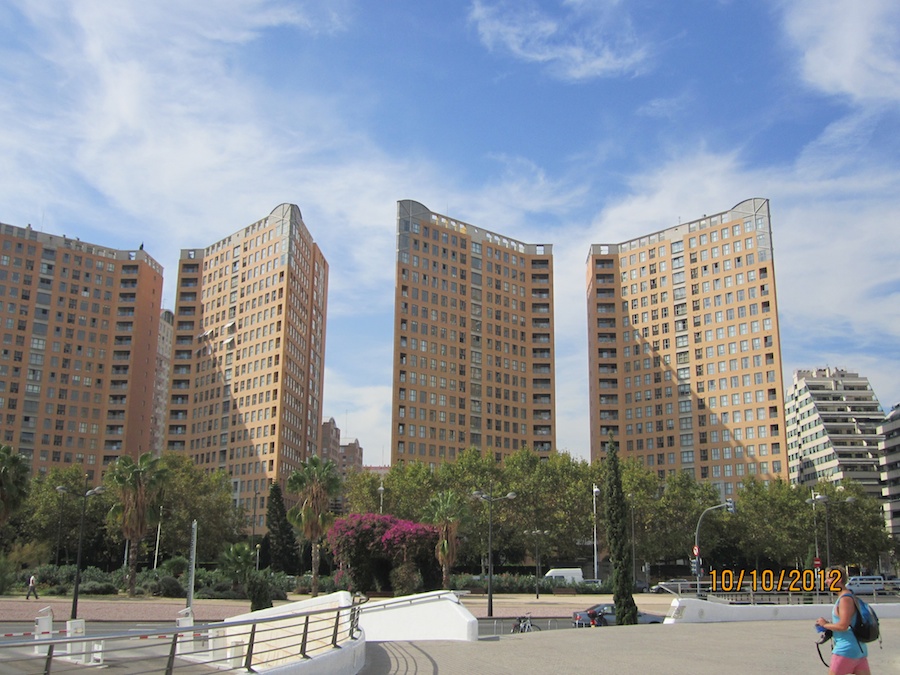
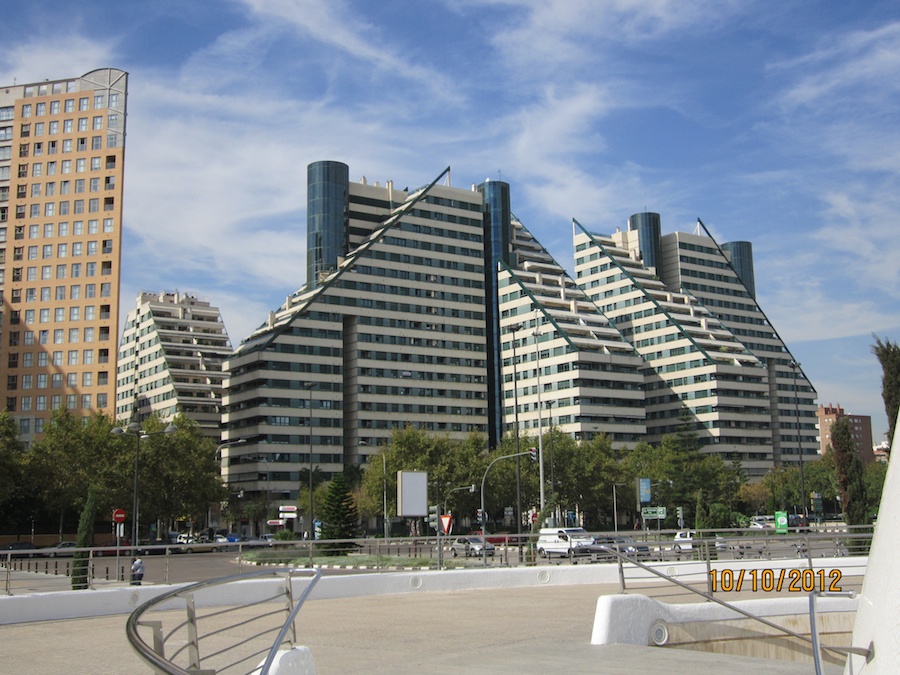
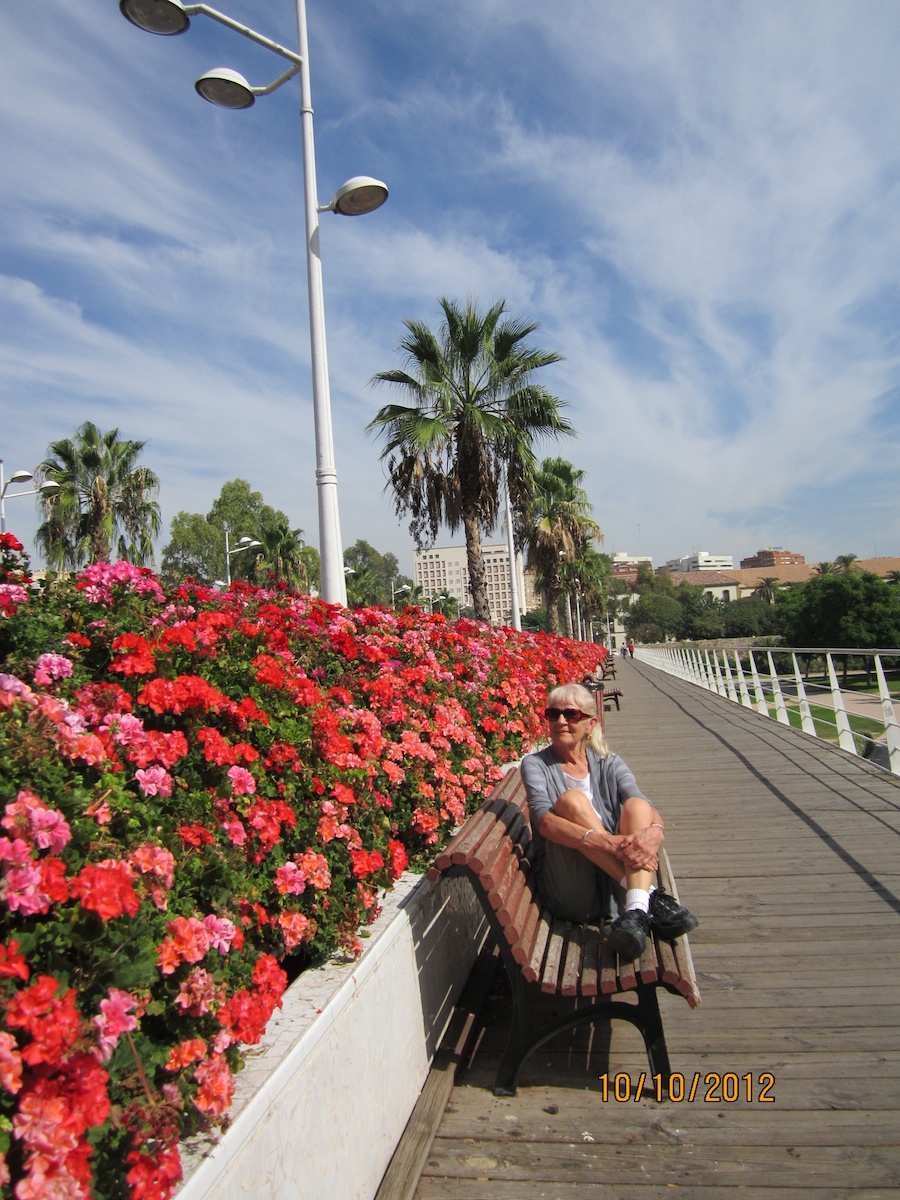
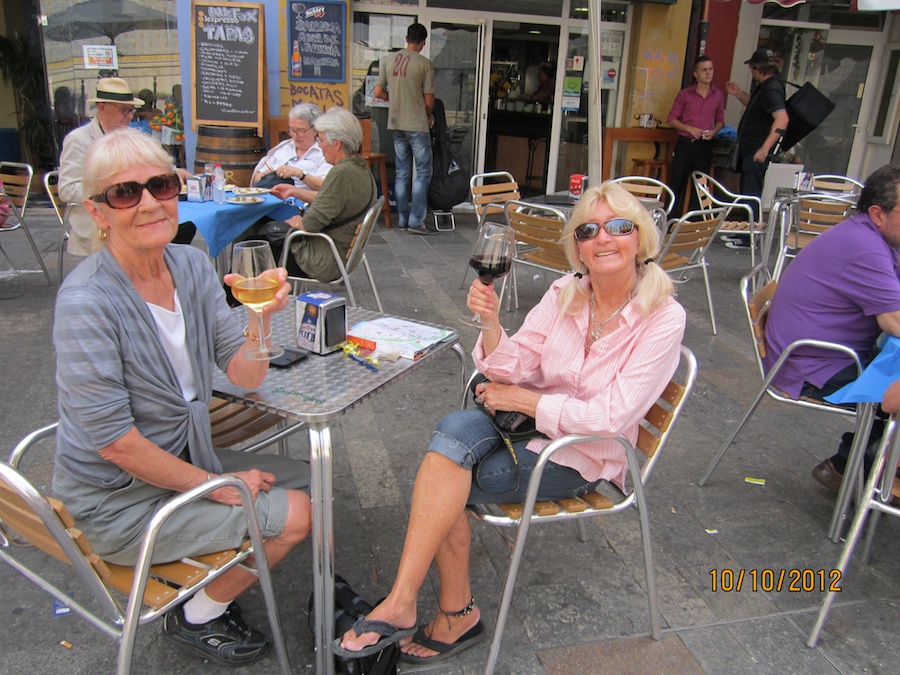
When in Spain do like they do at Old Ranch


An aerial map of the square... Do you see Mary???

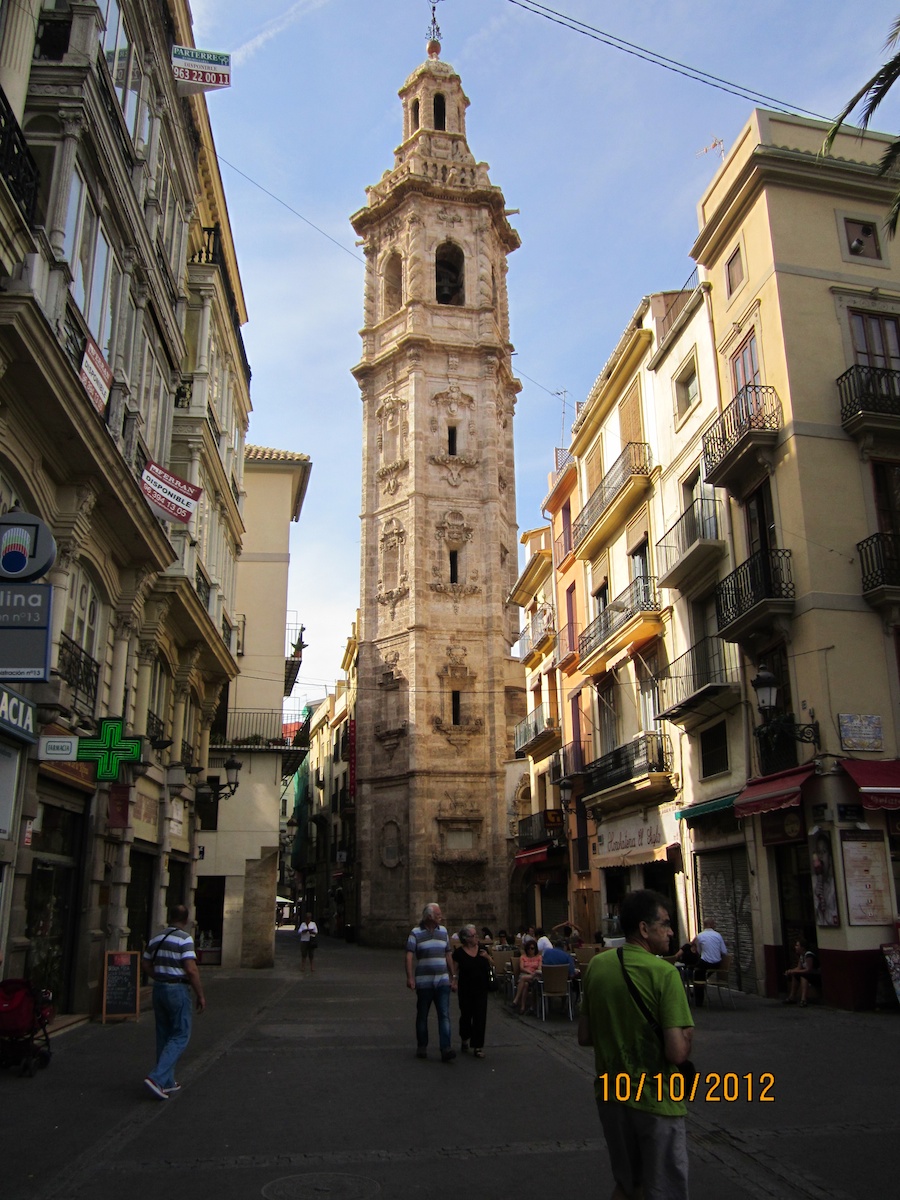

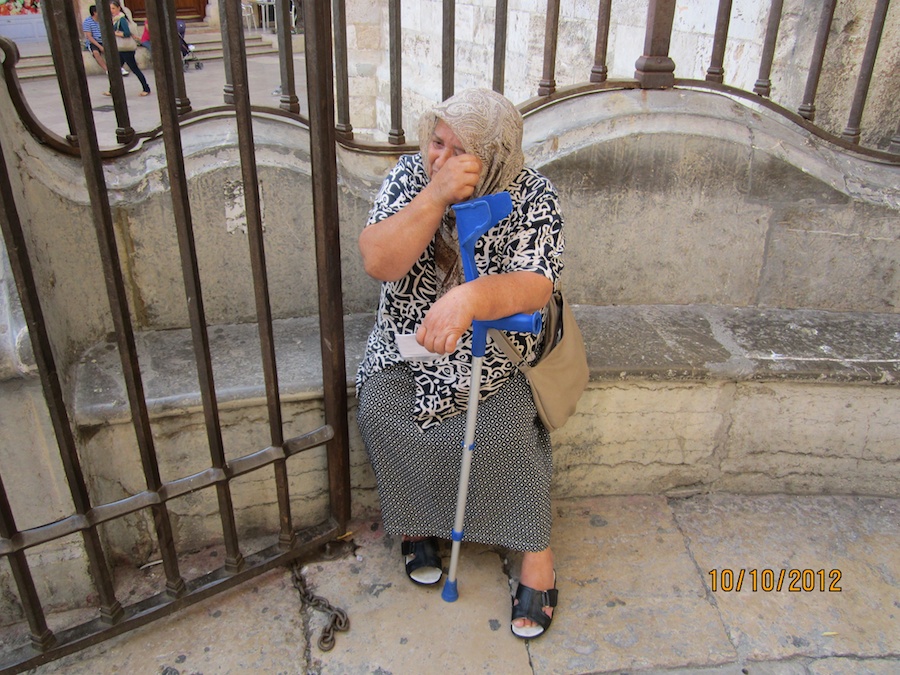
MAry had a little too much pizza me thinks....
October 11th Cartegena, Spain
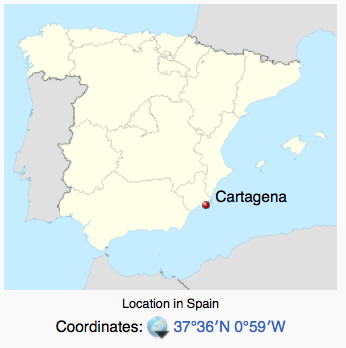
Did You Know? - Cartagena (Spanish pronunciation: [kartaˈxena]) is a Spanish city and a major naval station located in the Region of Murcia, by the Mediterranean coast, south-eastern Spain. As of January 2011, it has a population of 218,210 inhabitants ] being the Region's second largest municipality and the country's 6th non-Province capital city.
Cartagena has been inhabited for over two millennia, being founded around 227 BC during the Phoenician conquest as Qart Hadasht.
The city lived its heyday during the Roman Empire, when it was known as Carthago Nova (the New Carthage) and Carthago Spartaria, capital of the province of Carthaginensis. It was one of the important cities during the Umayyad invasion of Hispania, under its Arabic name of Qartayannat al-Halfa.
Much of the historical weight of Cartagena in the past goes to its coveted defensive port, one of the most important in the western Mediterranean. Cartagena has been the capital of the Spanish Navy's Maritime Department of the Mediterranean since the arrival of the Spanish Bourbons in the 18th century. As far back as the 16th century it was one of the most important naval ports in Spain, together with Ferrol in the North. It is still an important naval seaport, the main military haven of Spain, and is home to a large naval shipyard.
The confluence of civilizations as well as its strategic harbour, together the rise of the local mining industry is manifested by a unique artistic heritage, with a number of landmarks such as the Roman Theatre, the second largest of the Iberian Peninsula after the one from Mérida, an abundance of Phoenician, Roman, Byzantine and Moorish remains, and a plethora of Art Nouveau buildings, a result of the bourgeoisie from the early 20th century. Cartagena is now established as a major cruiser destination in the Mediterranean and an emerging cultural focus.
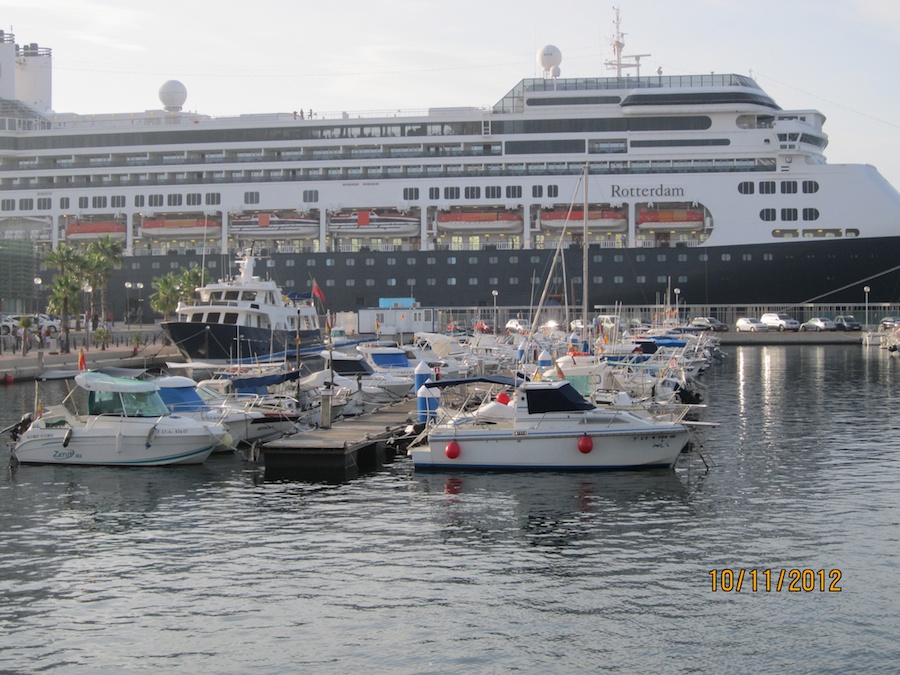



Roman theatre, Cartagena, Spain

The Romans knew how to build.... 2000 years old and still here
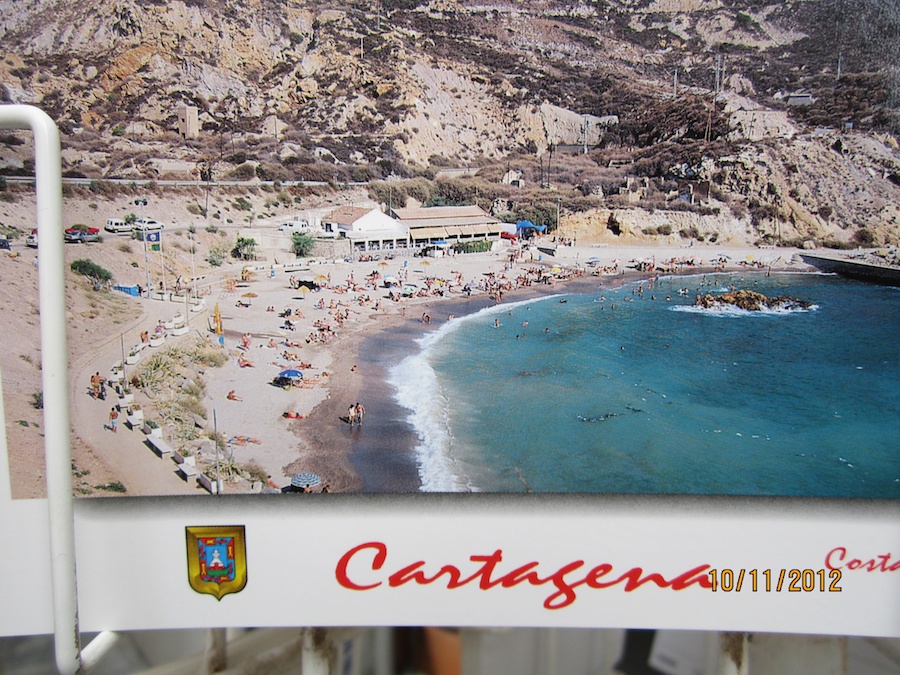
We got a postcard from Mary.... Sort of...
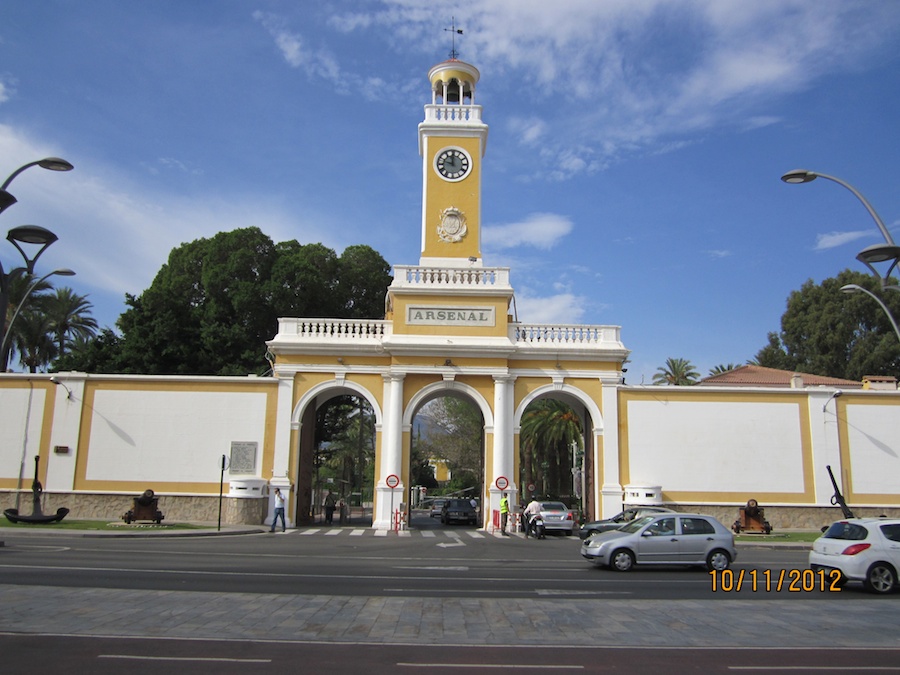
Arsenal Militar de Cartagena
Did You Know? - In 1728 Cartagena became the capital of the Spanish Navy's Maritime Department of the Mediterranean and the city was heavily fortified with the construction of a modern Castle in the place of a former Moorish Kasbah, several barracks and a huge arsenal.
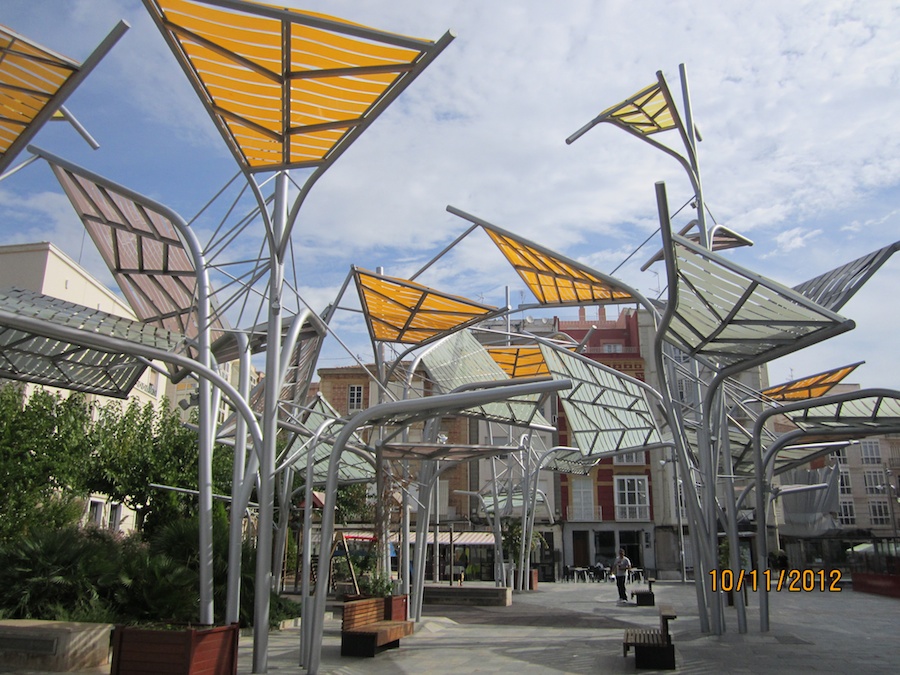
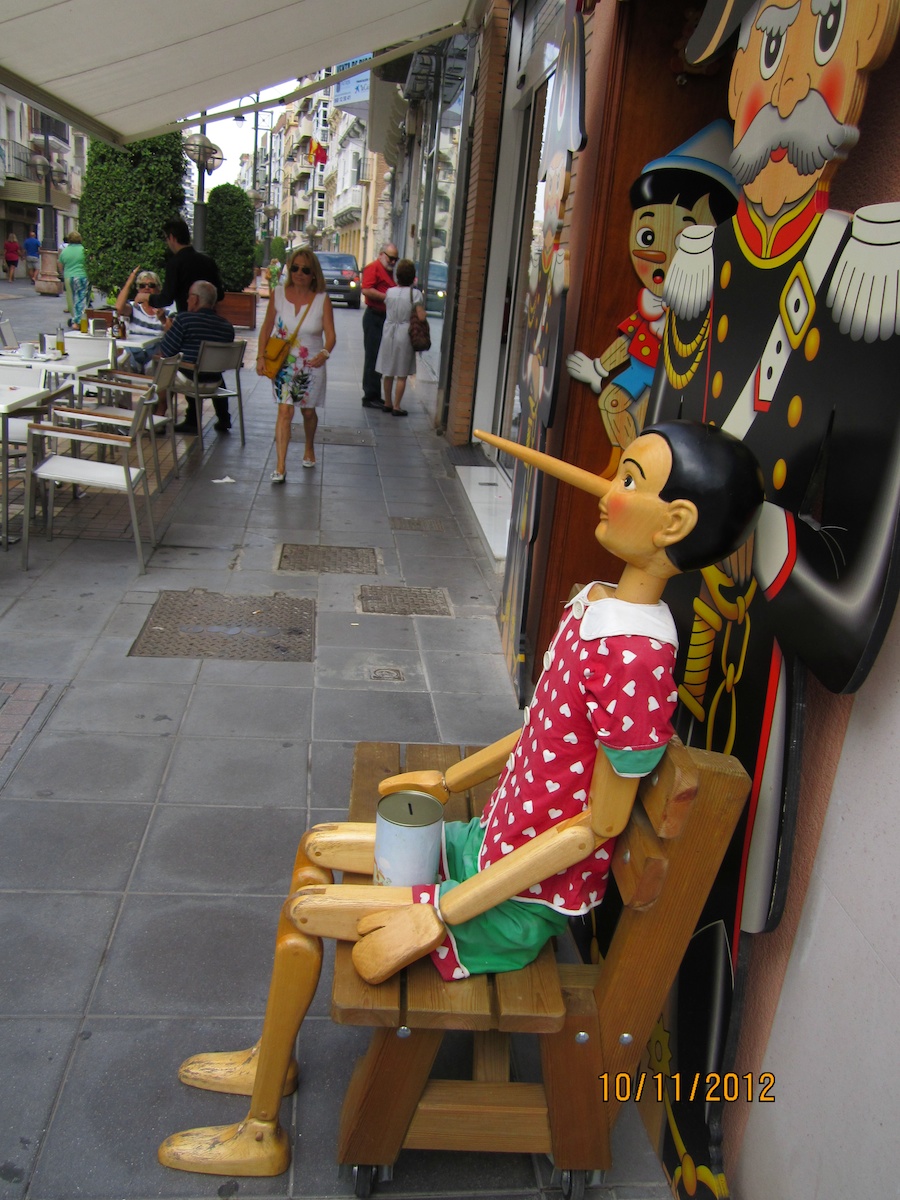
Who told a fib???
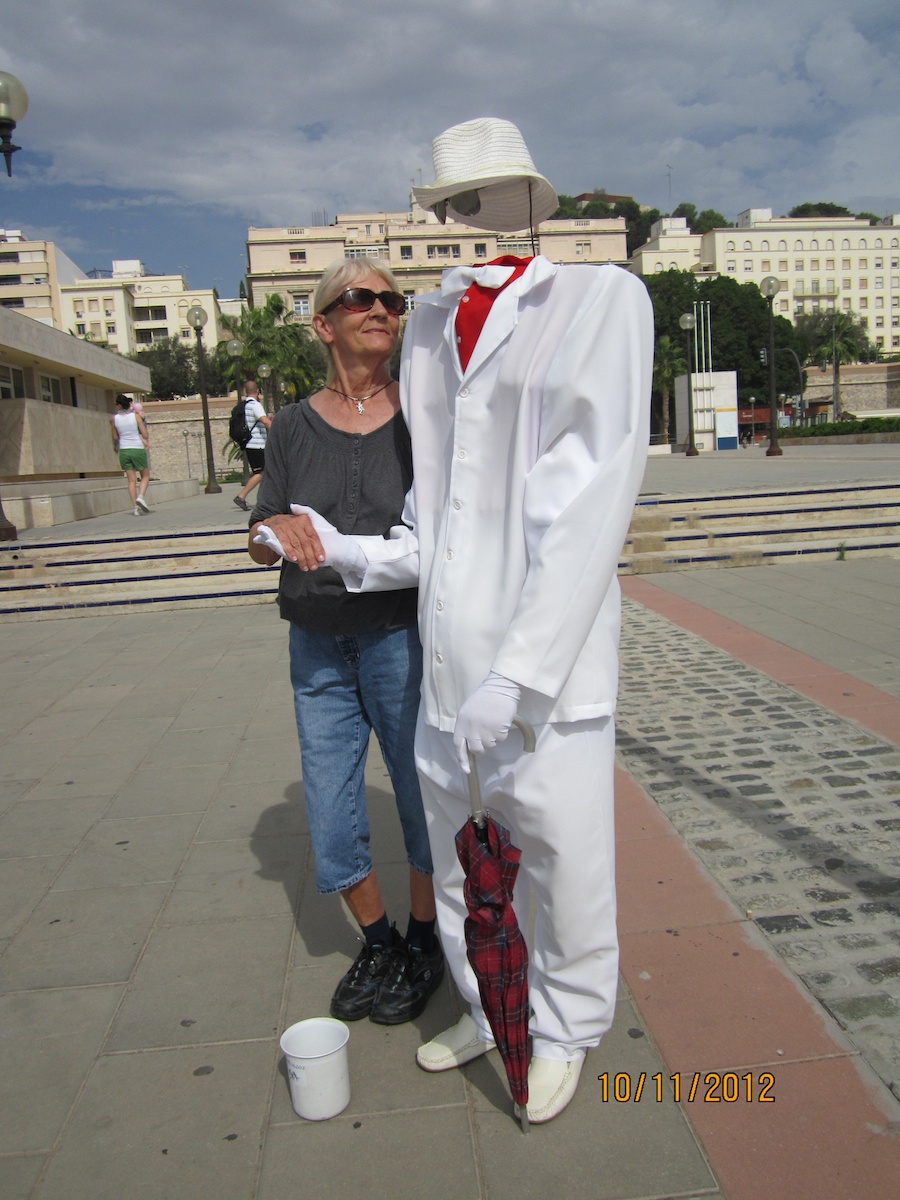
Mary meets the invisible man
October 12th Gilbraltar, British Territory

Did You Know? - Gibraltar (play /dʒɨˈbrɒltər/) is a British overseas territory located on the southern end of the Iberian Peninsula at the entrance of the Mediterranean.
It has an area of 6.8 square kilometres (2.6 sq mi) and a northern border with Andalusia, Spain. The Rock of Gibraltar is the major landmark of the region. At its foot is the densely populated city area, home to almost 30,000 Gibraltarians and other nationalities.
An Anglo-Dutch force invaded Gibraltar in 1704 during the War of the Spanish Succession. The city, castle, port and defenses were subsequently ceded to Britain "in perpetuity" under the Treaty of Utrecht in 1713. It was an important base for the Royal Navy; today its economy is based largely on tourism, financial services, and shipping.
The sovereignty of Gibraltar is a major point of contention in Anglo-Spanish relations as Spain asserts a claim to the territory. Gibraltarians rejected proposals for Spanish sovereignty in a 1967 referendum and again in 2002. Under the Gibraltar constitution of 2006, Gibraltar governs its own affairs, though some powers, such as defence and foreign relations, remain the responsibility of the UK Government.

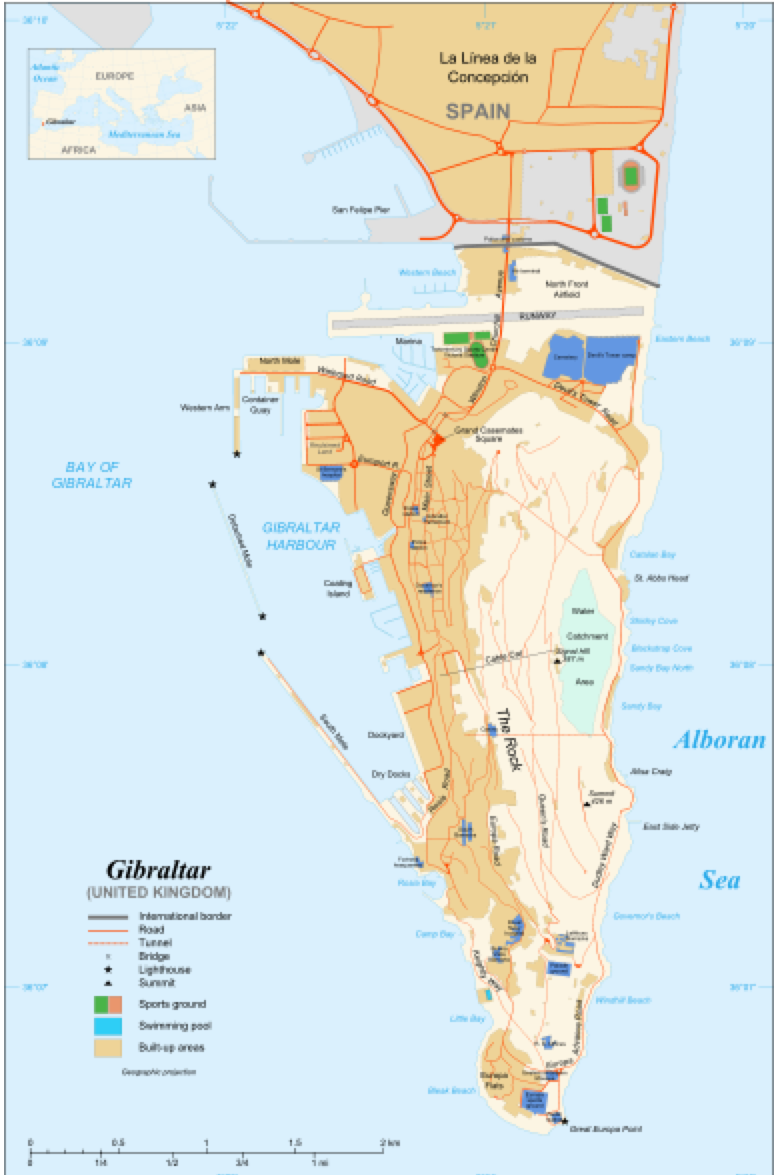
Did You Know? - Evidence of Neanderthal habitation in Gibraltar between 128,000 and 24,000 BC has been discovered at Gorham's Cave, making Gibraltar the last known holdout of the Neanderthals.

Busy port

From the air...


Rocks and caves all over the area
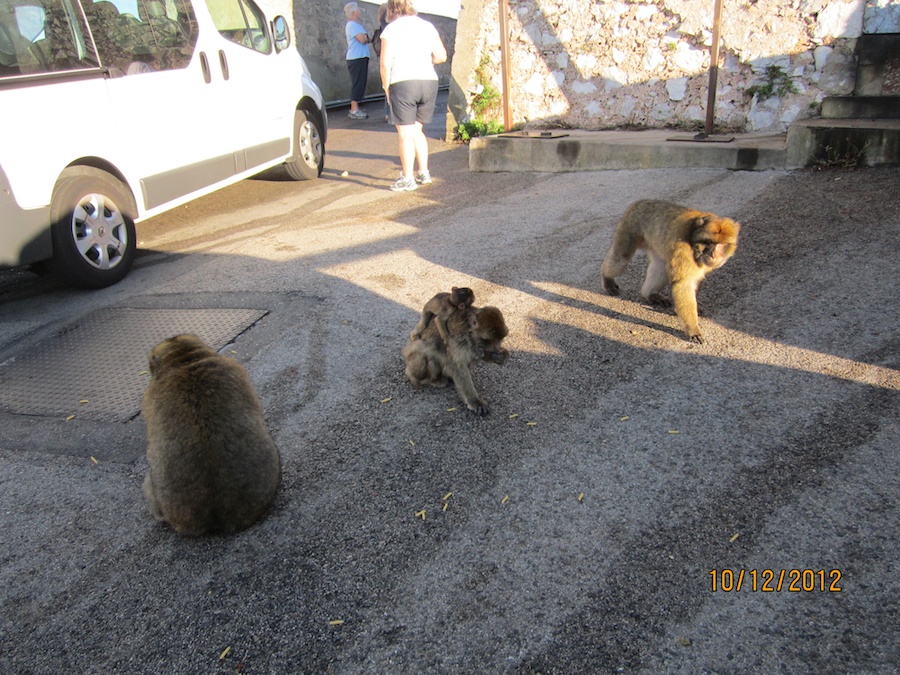
Barbary Macaques Monkeys have their own area on the rock
Did You Know? - Most of the Rock's upper area is covered by a nature reserve, which is home to around 230 Barbary Macaques (commonly confused with apes), the only wild monkeys found in Europe.[37] This species, known scientifically as Macaca sylvanus, is listed as endangered by the IUCN Red List and is declining.
Three quarters of the world population live in the Middle Atlas mountains of Morocco. Recent genetic studies and historical documents point to their presence on the Rock before its capture by the British. A superstition analogous to that of the ravens at the Tower of London states that if the monkeys ever leave, so will the British.
In 1944 British Prime Minister Winston Churchill, was so concerned about the dwindling monkey population that he sent a message to the Colonial Secretary requesting that something be done about the situation.




Did You Know? - The Barbary macaque population in Gibraltar is the only one in the European continent, and, unlike that of North Africa, it is thriving. At present, some 300 animals in five troops occupy the area of the Upper Rock Nature Reserve, though occasional forays into the town may result in damage to personal property.
Three female Barbary macaques can also be seen at the Alameda Wildlife Conservation Park in the Gibraltar Botanic Gardens.
As they are a tailless species, they are also known locally as Barbary apes or rock apes, despite being monkeys (Macaca sylvanus). The local people simply refer to them as monos (English: monkeys) when conversing in Spanish or Llanito (the local vernacular).


Great airport
Did You Know? - Gibraltar International Airport or North Front Airport (IATA: GIB, ICAO: LXGB) is the civilian airport that serves the British overseas territory of Gibraltar. It is owned by the Ministry of Defence for use by the Royal Air Force as RAF Gibraltar. Civilian operators use the airport; currently the only scheduled flights operate to the United Kingdom. Passengers depart and arrive through the civilian-operated terminal.

.png)
Doing mission in 1942 at the same airport.... Quite a difference
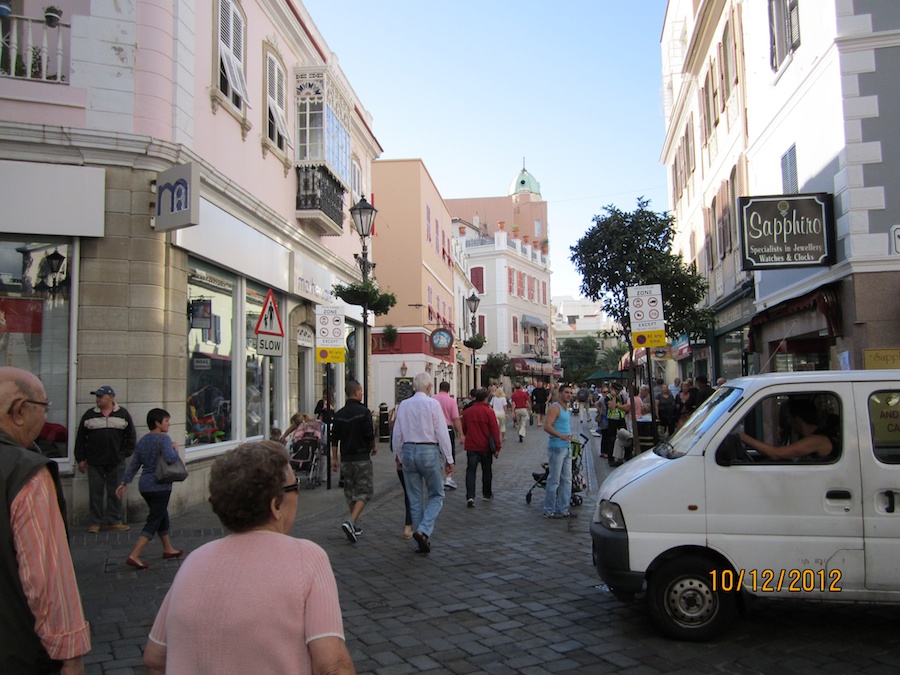
Perhaps some shopping???


Just like Jolley Ol England.... Fish and Chips
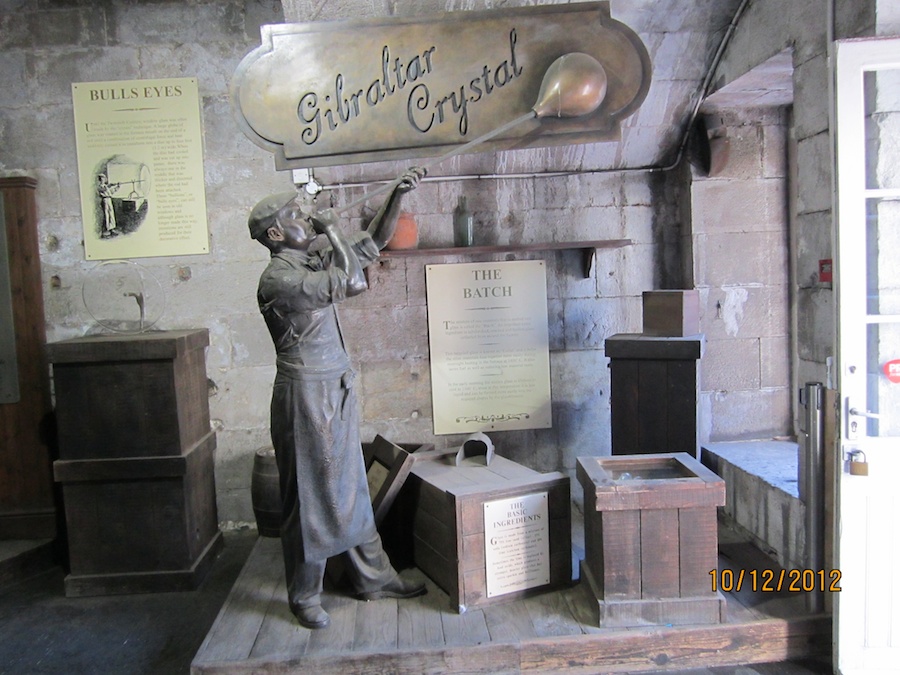

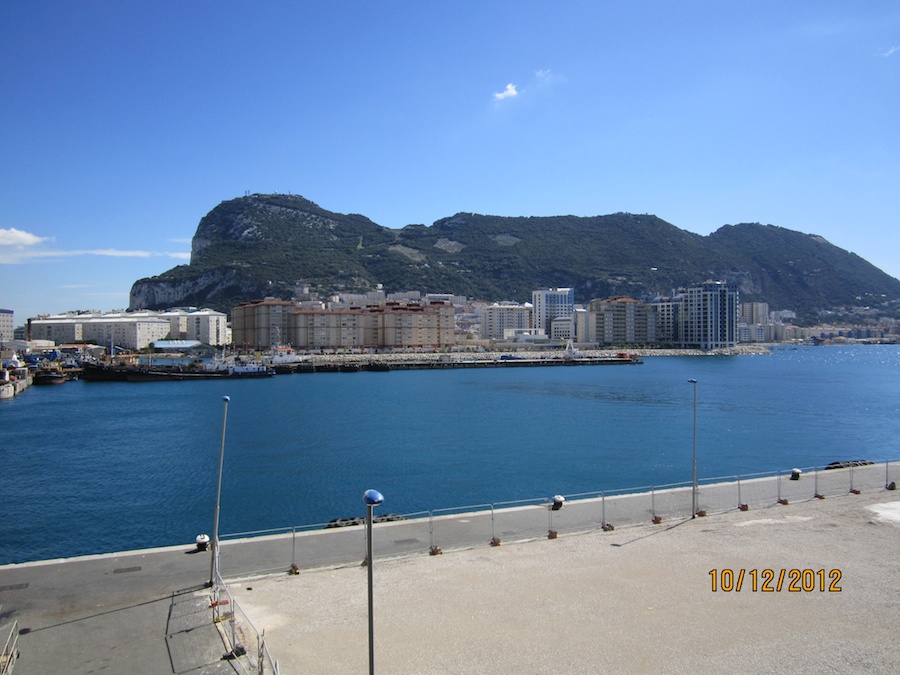
A view to the rock
October 13th Lisbon, Portugal

Did You Know? - Lisbon (/ˈlɪzbən/; Portuguese: Lisboa, IPA: [ɫiʒˈboɐ][1]) is the capital city and largest city of Portugal with a population of 547,631 within its administrative limits on a land area of 84.8 km2 (33 sq mi). The urban area of Lisbon extends beyond the administrative city limits with a population of over 3 million[3] on an area of 958 km2 (370 sq mi), making it the 9th most populous urban area in the European Union. About 2,831,000 people live in the Lisbon Metropolitan Area (which represents approximately 27% of the population of the country). Lisbon is the westernmost large city located in Europe, as well as its westernmost capital city and the only one along the Atlantic coast. It lies in the western Iberian Peninsula on the Atlantic Ocean and the Tagus River.
Lisbon is recognised as a global city because of its importance in finance, commerce, media, entertainment, arts, international trade, education, and tourism.
It is one of the major economic centres on the continent, with a growing financial sector and the largest/second largest container port on Europe's Atlantic coast. Lisbon Portela Airport serves about 13 million passengers per year; the motorway network and the high-speed rail system of (Alfa Pendular) link the main cities of Portugal. Lisbon is the 25th most livable city in the World according to lifestyle magazine Monocle. The city is the seventh-most-visited city in Southern Europe, after Istanbul, Rome, Barcelona, Madrid, Athens, and Milan, with 1,740,000 tourists in 2009.
The Lisbon region is the wealthiest region in Portugal, GDP PPP per capita is 26,100 euros (4.7% higher than the average European Union's GDP PPP per capita). It is the tenth richest metropolitan area by GDP on the continent amounting to 98 billion euros and thus €34,850 per capita, 40% higher than the average European Union's GDP per capita. The city occupies 32nd place of highest gross earnings in the world. ] Most of the headquarters of multinationals in the country are located in the Lisbon area and it is the ninth city in the world in terms of quantity of international conferences It is also the political centre of the country, as seat of Government and residence of the Head of State. The seat of the district of Lisbon and the centre of the Lisbon region.
Lisbon is one of the oldest cities in the world, predating other modern European capitals such as London, Paris and Rome by hundreds of years. Julius Caesar made it a municipium called Felicitas Julia, adding to the name Olissipo. Ruled by a series of Germanic tribes from the fifth century, it was captured by the Moors in the eighth century. In 1147, the Crusaders under Afonso Henriques reconquered the city and since then it has been a major political, economic, and cultural centre of Portugal. Unlike most capital cities, Lisbon's status as the capital of Portugal has never been granted or confirmed officially – by statute or in written form.
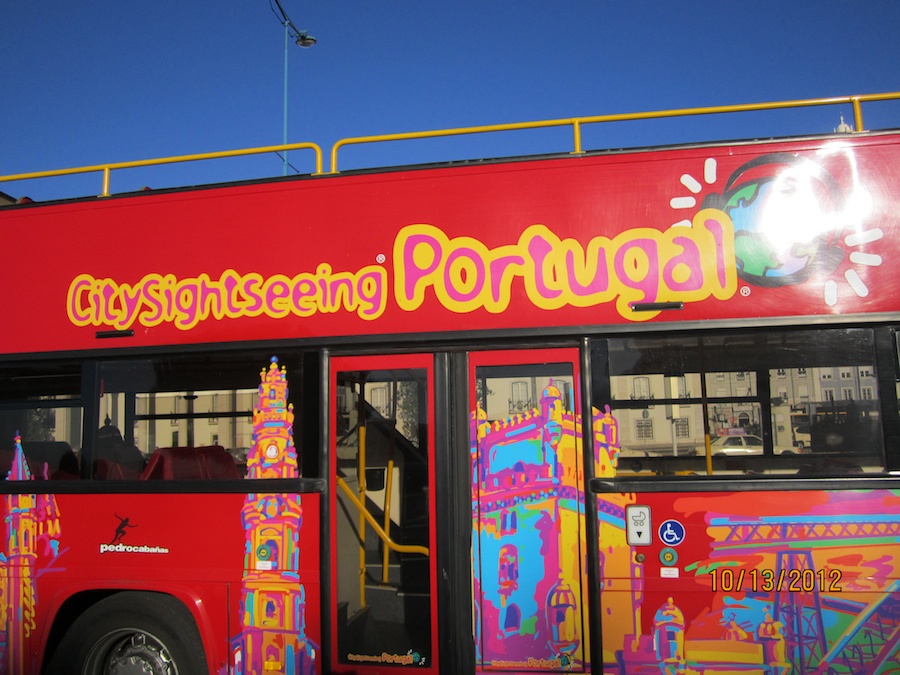


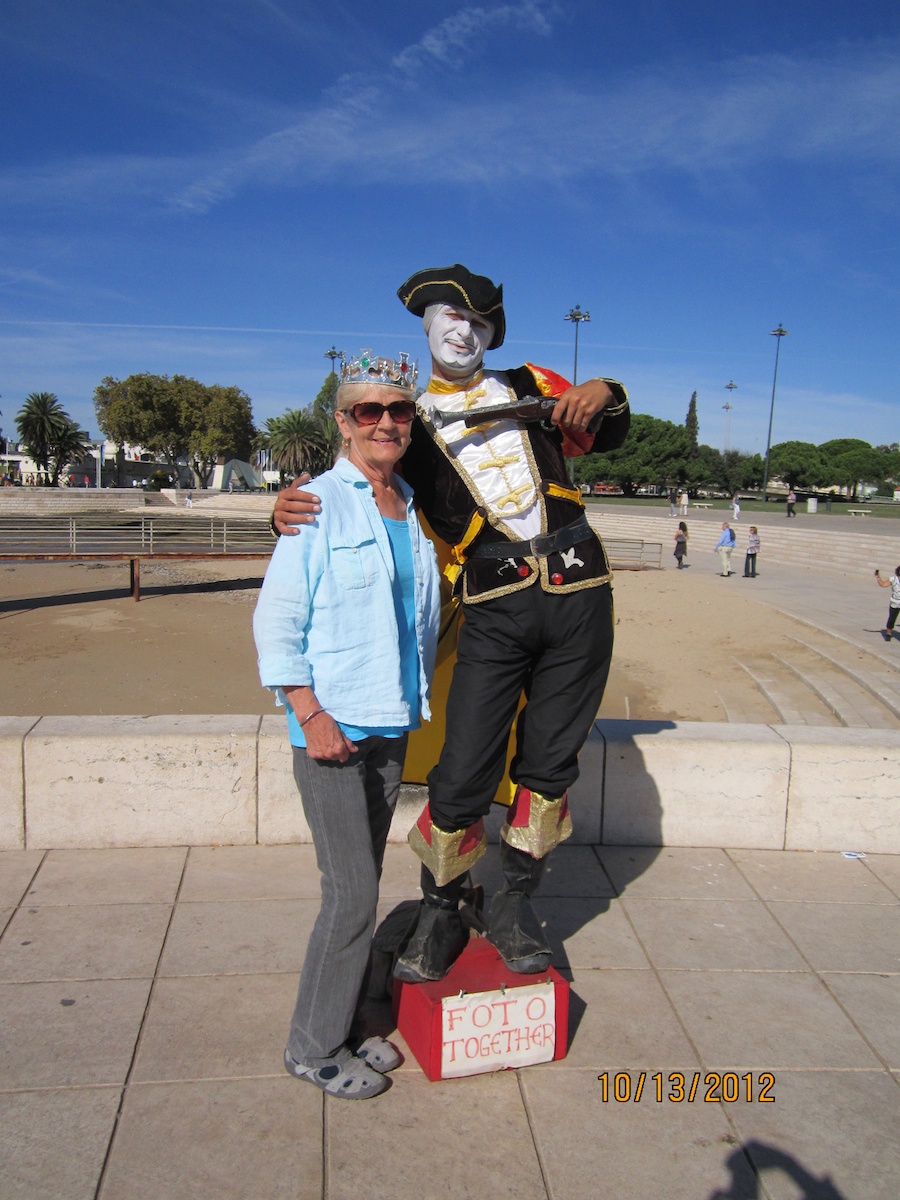
Mary got her "Foto"
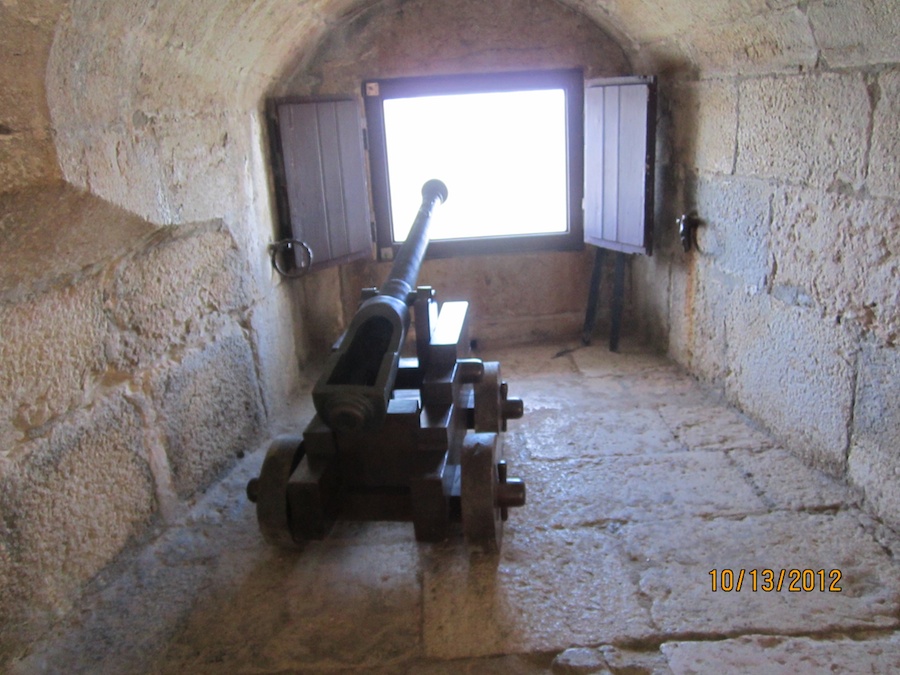

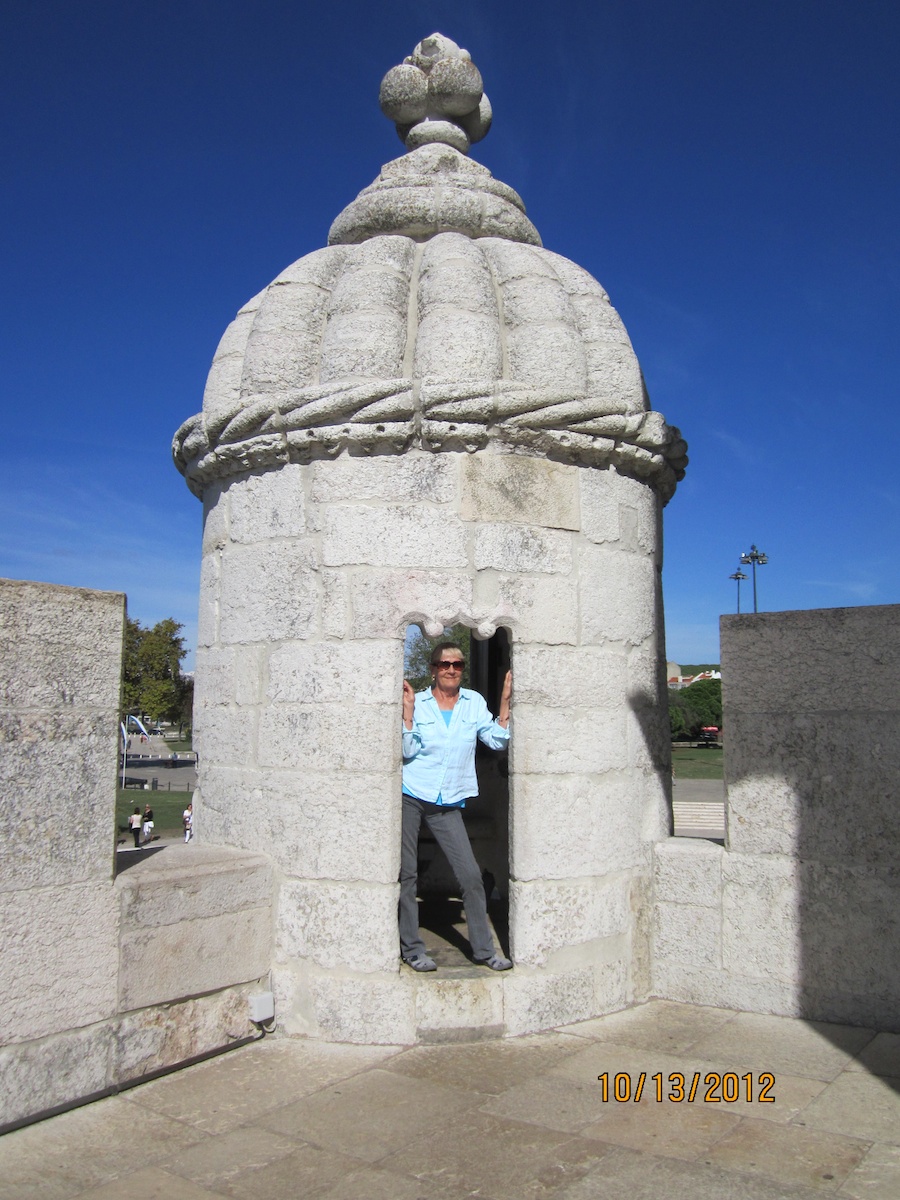
"M-m-m-m This is NOT the ladies room afterall"



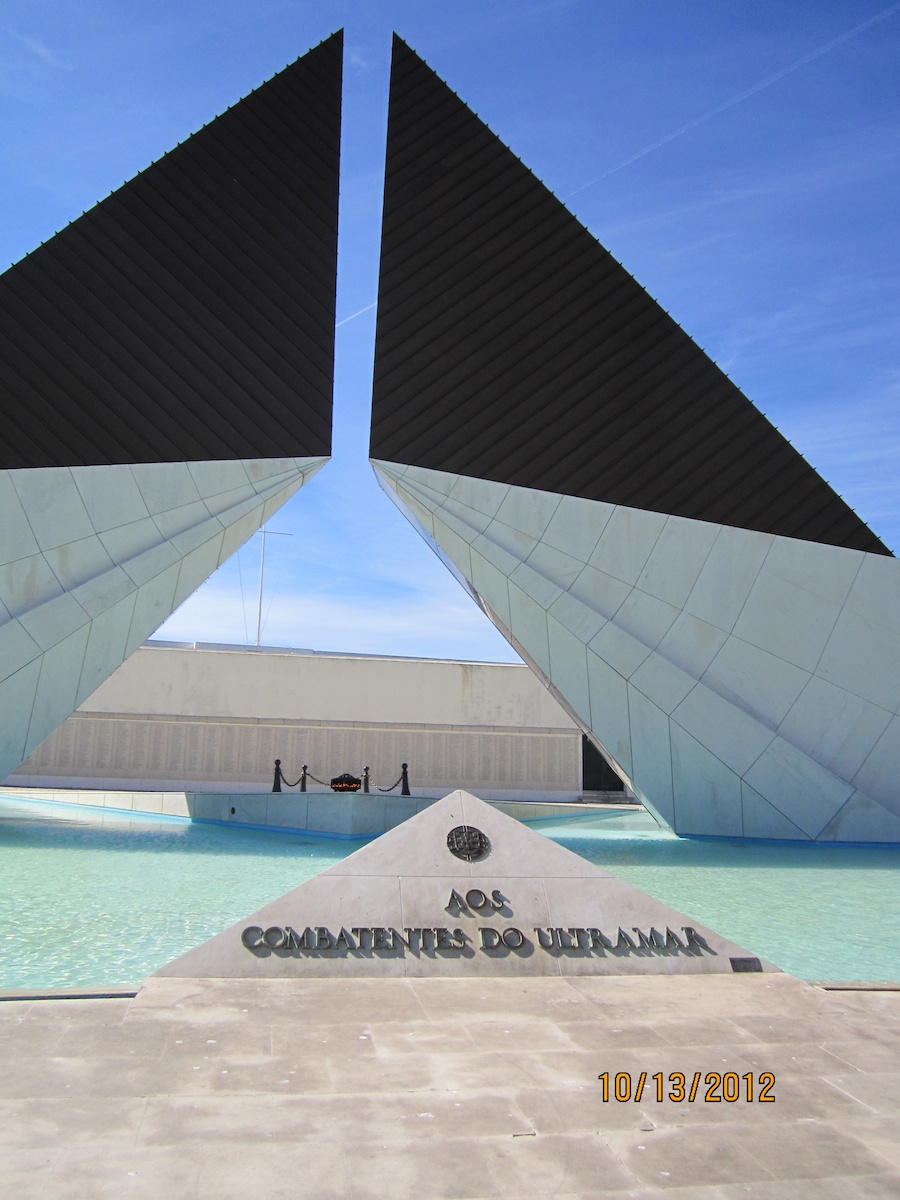
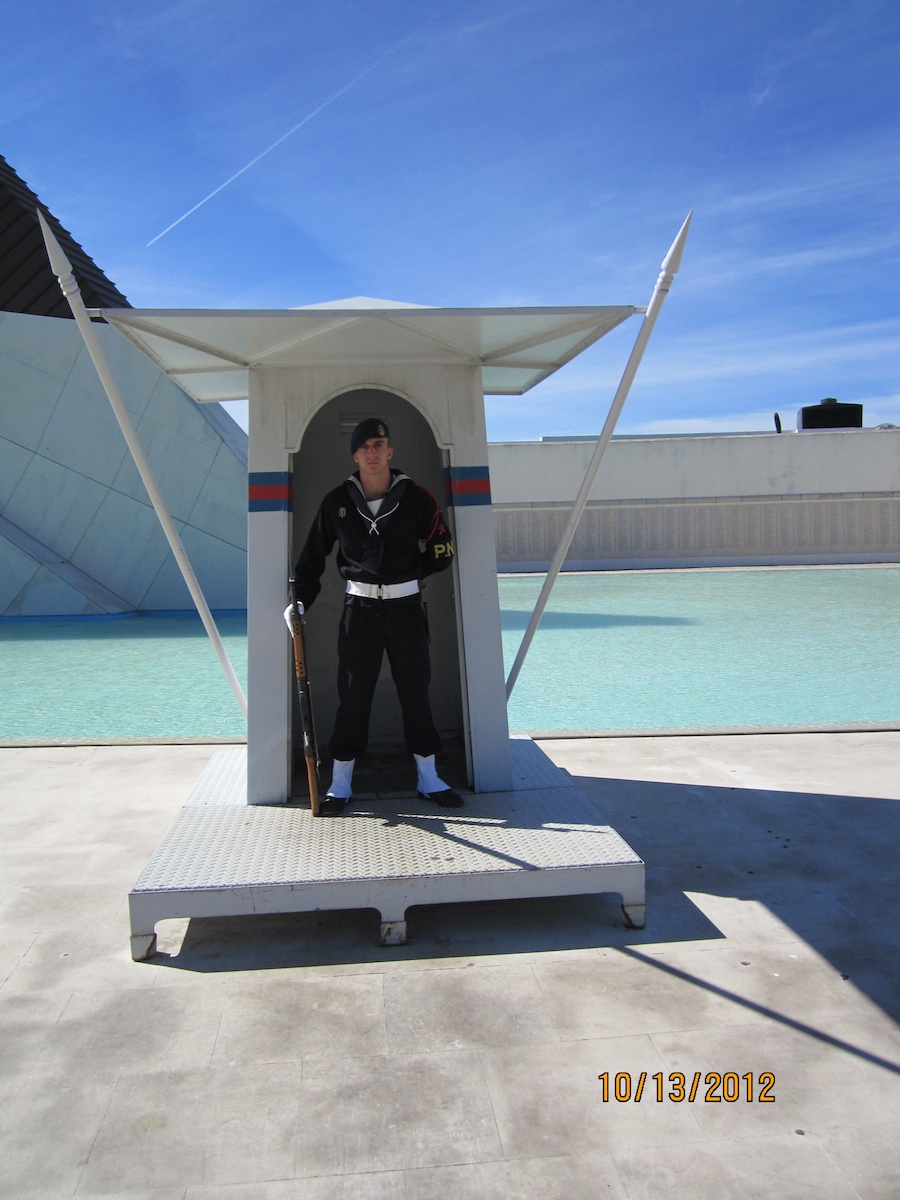



October 14th-15th At Sea On Way To Amsterdam
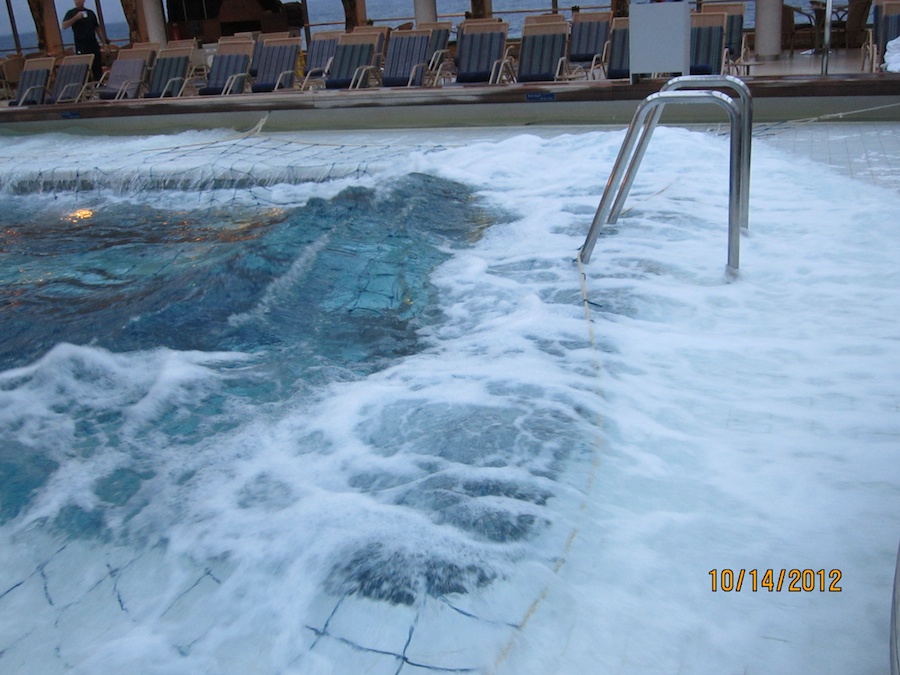

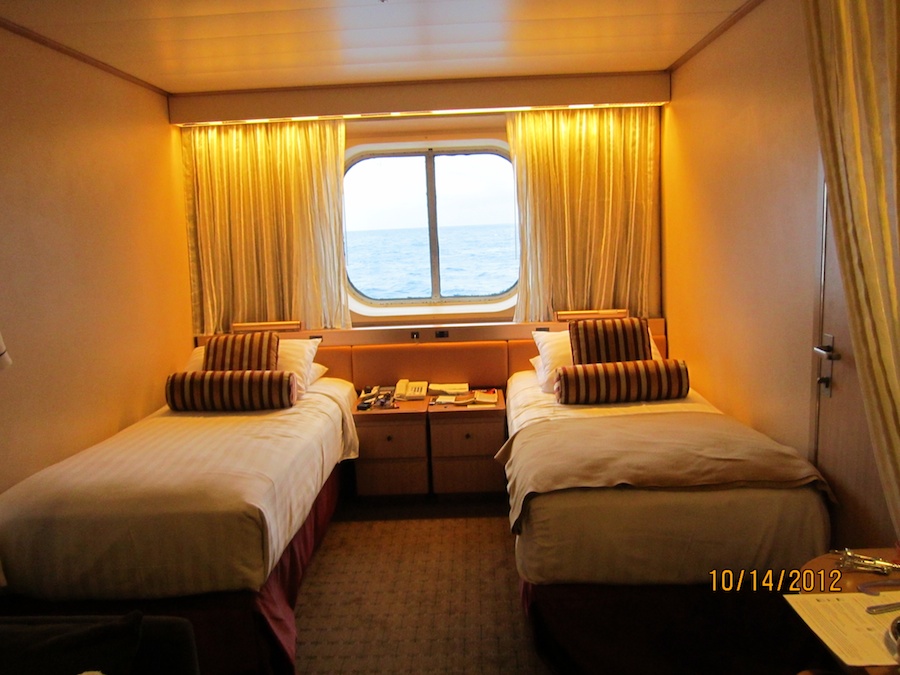
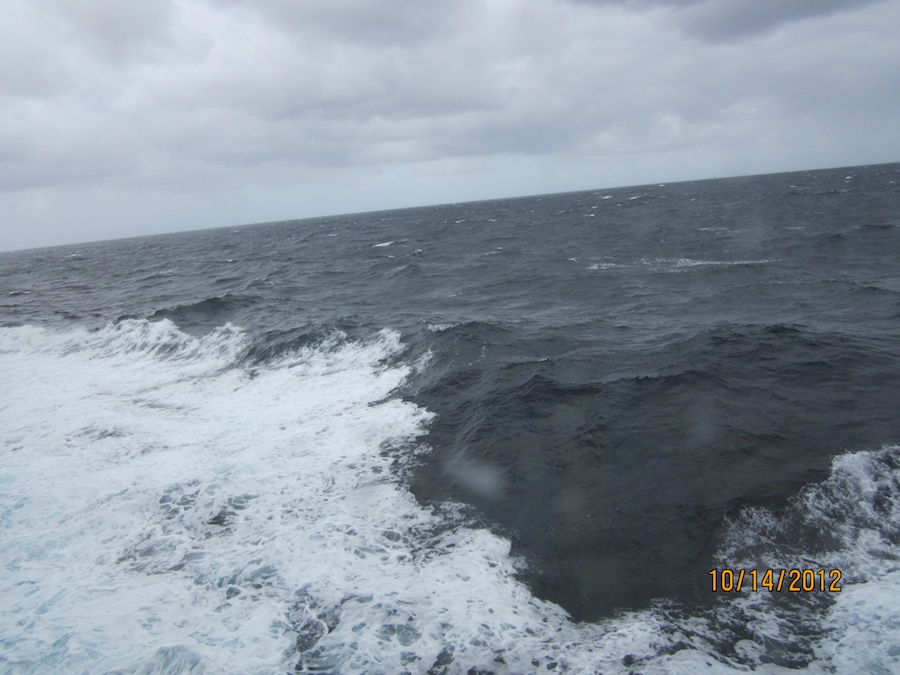
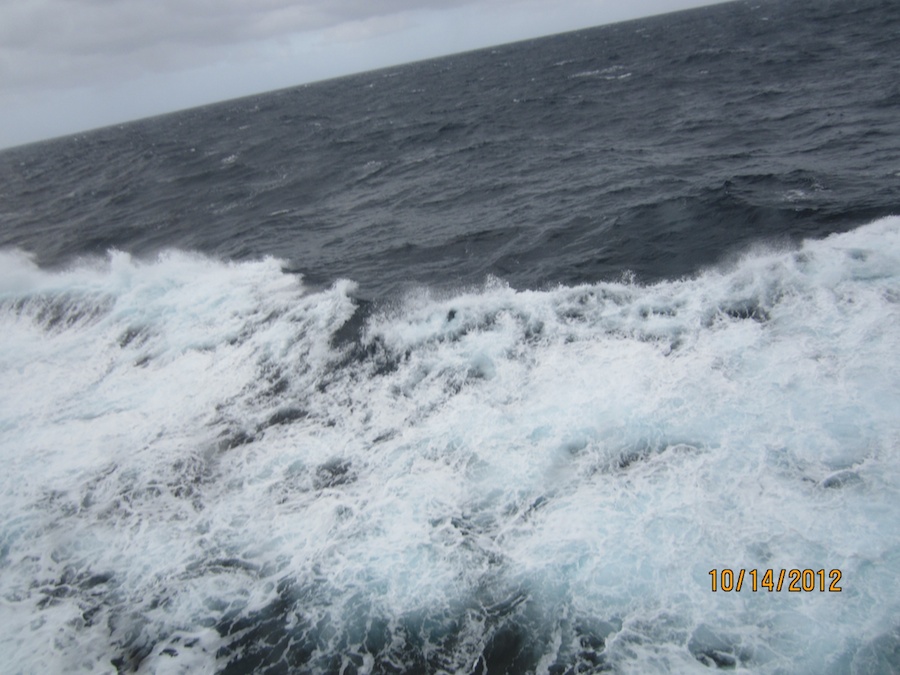
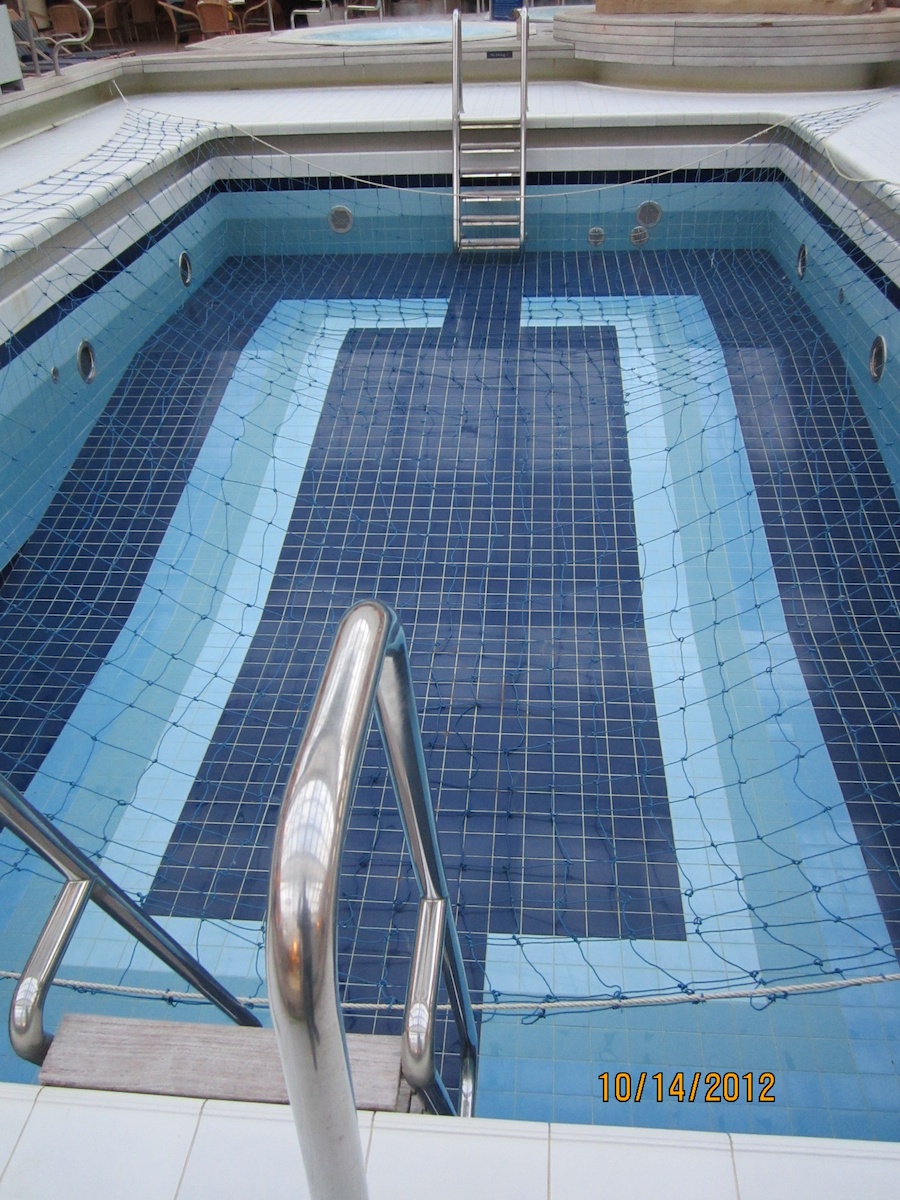
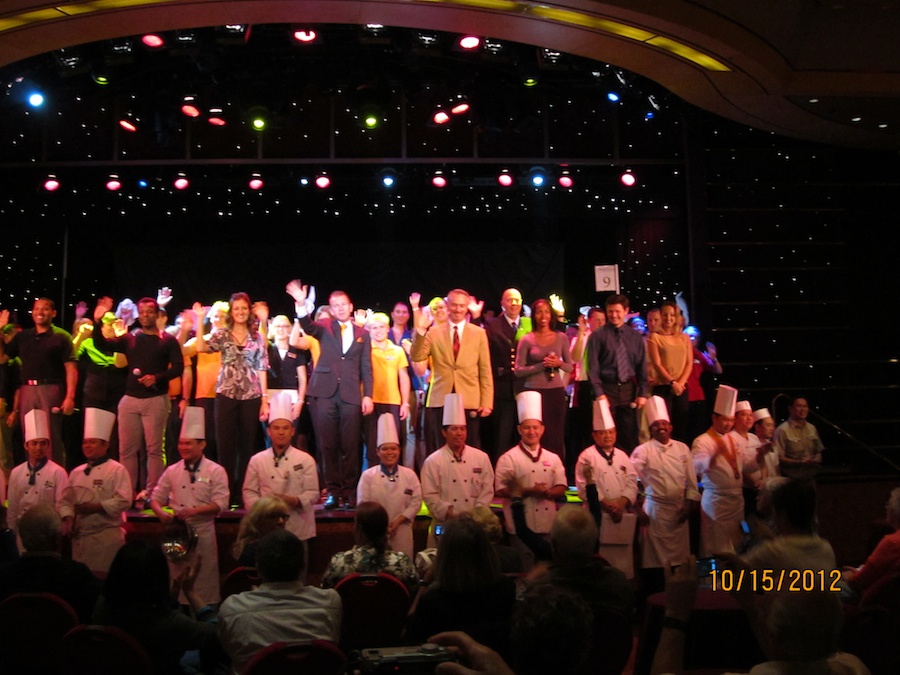

October 16th 7:00 AM Arrival And Flying Home
